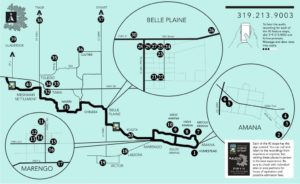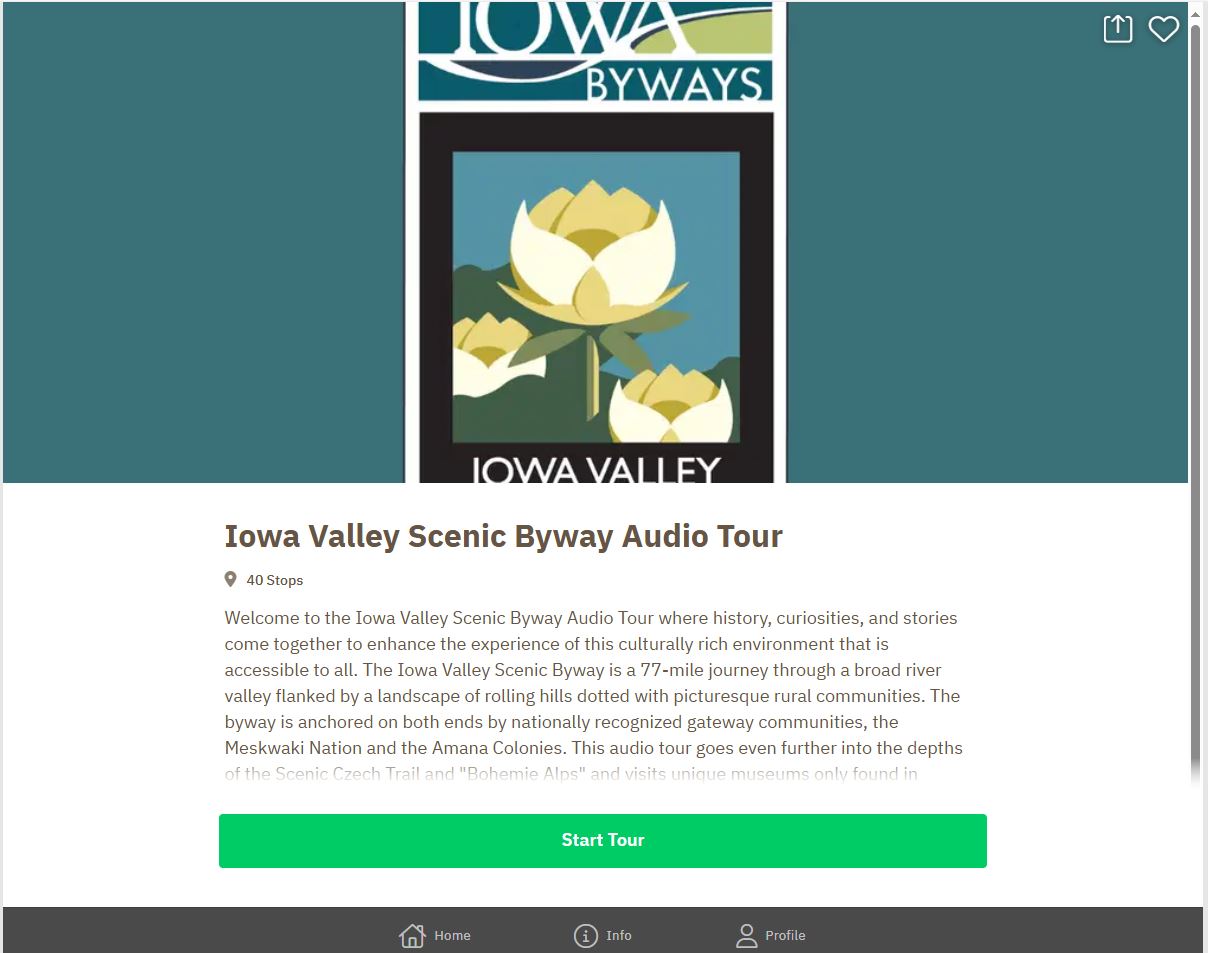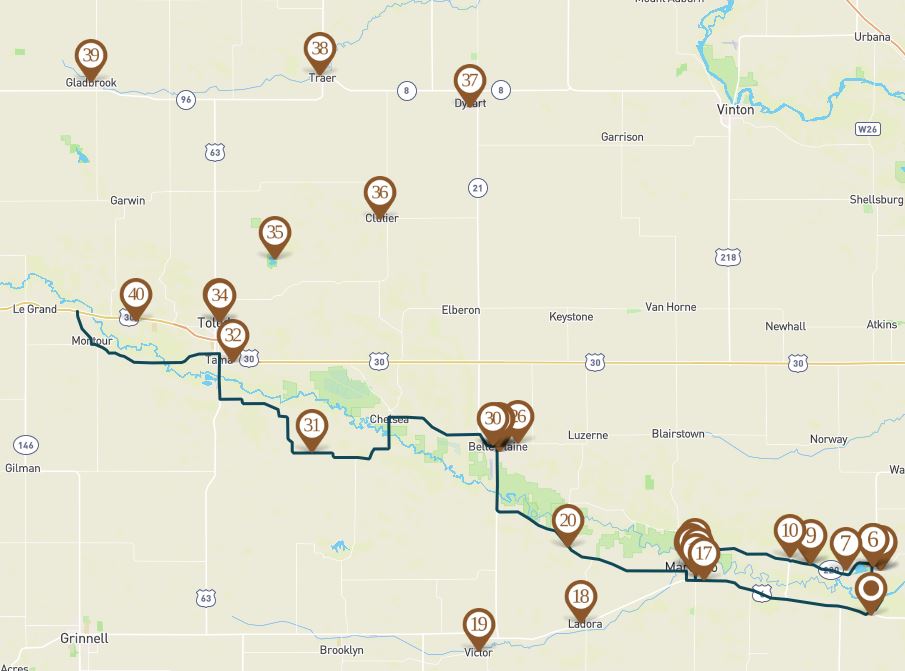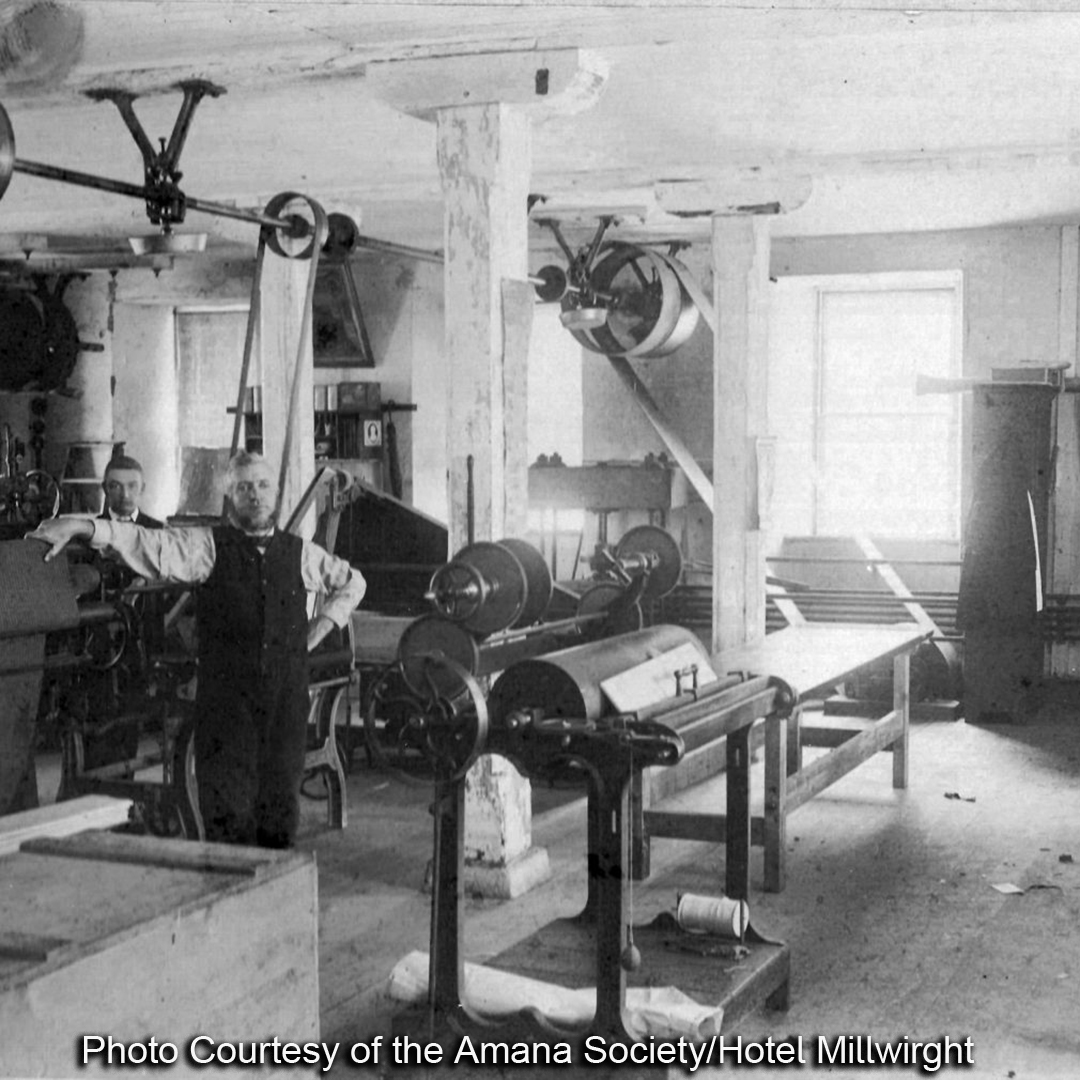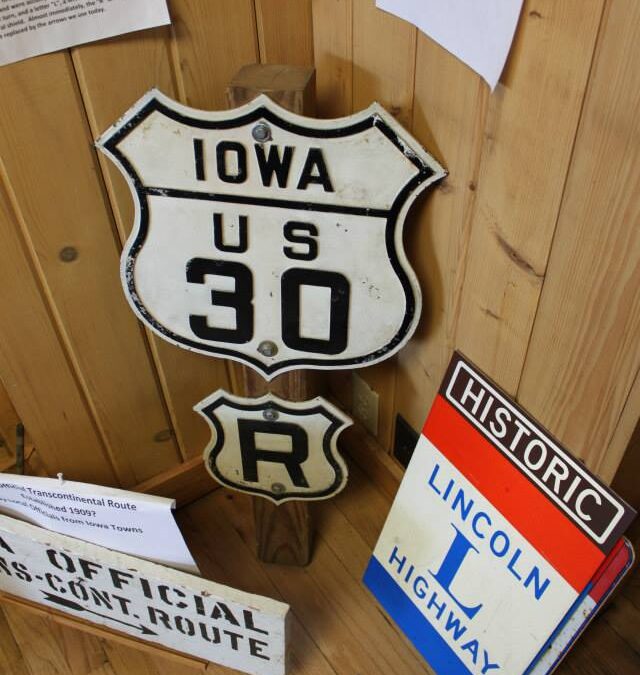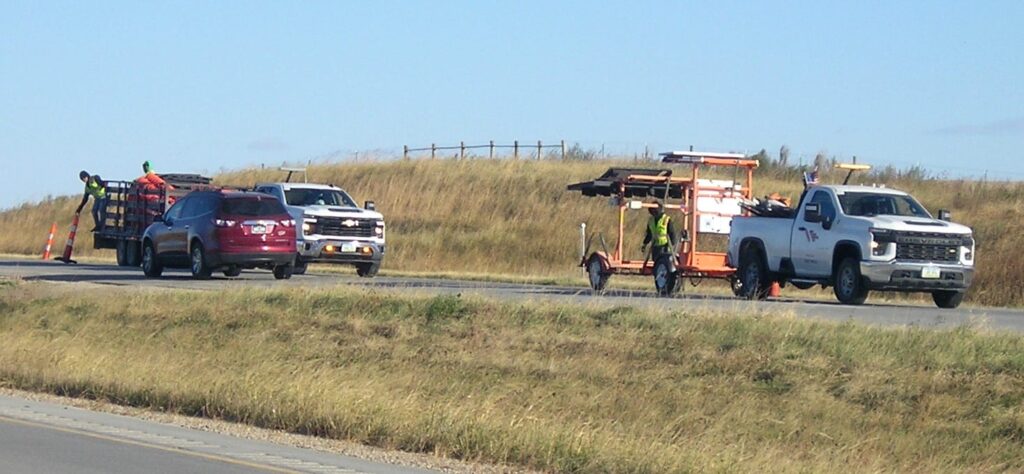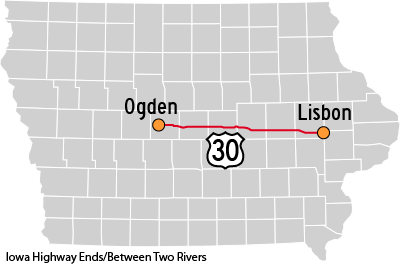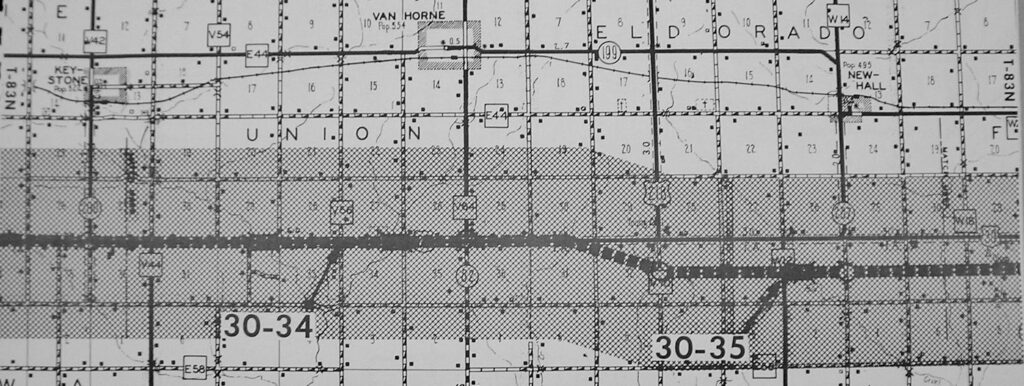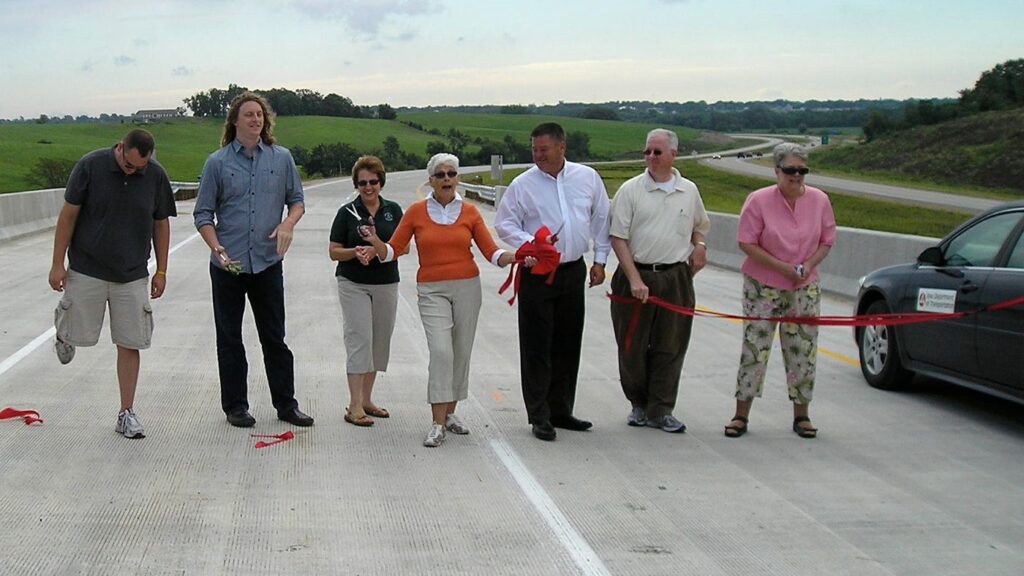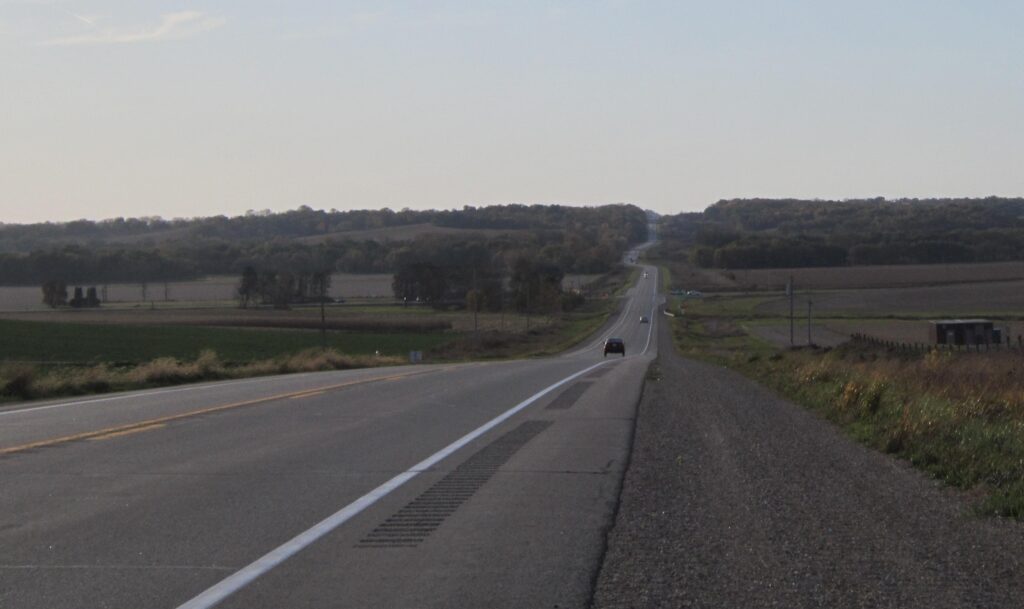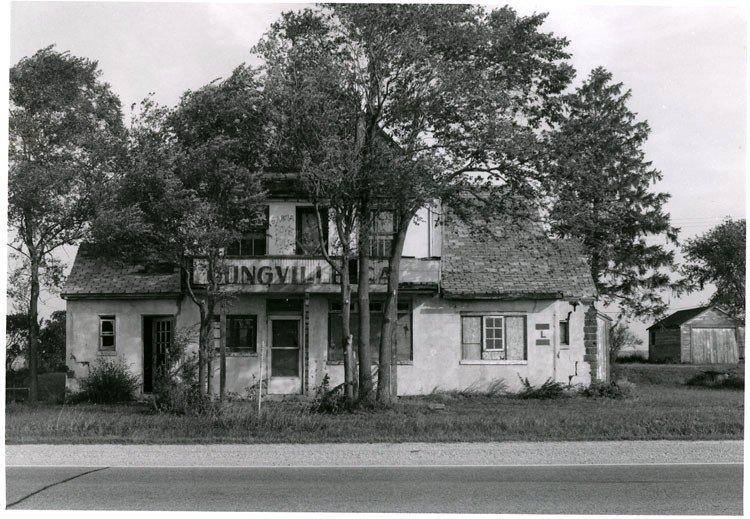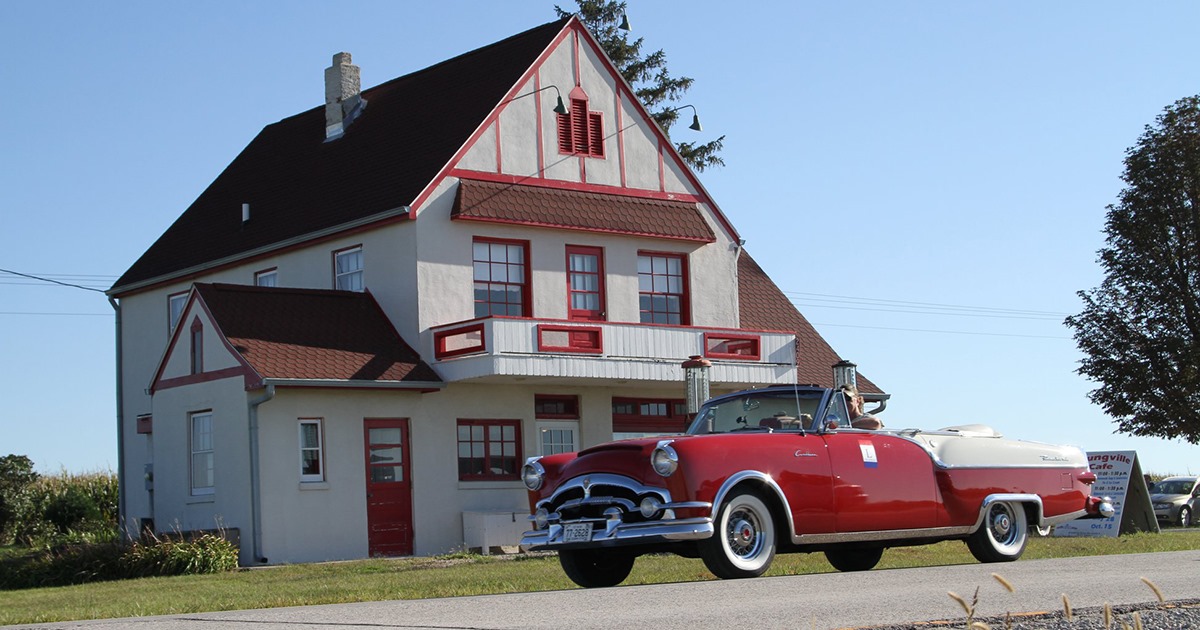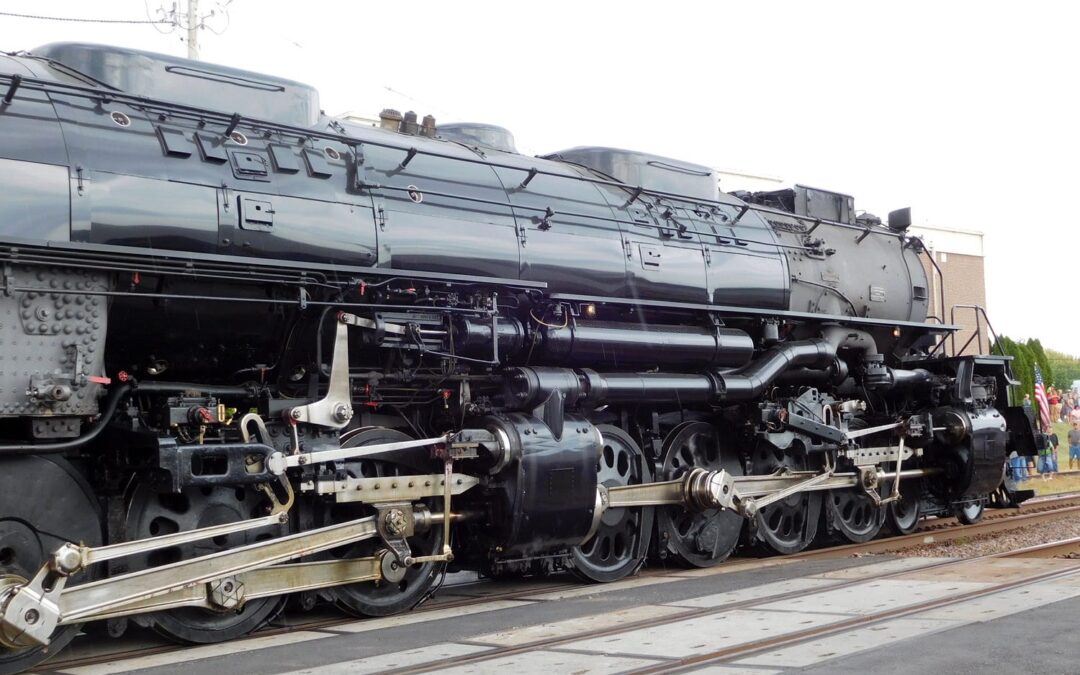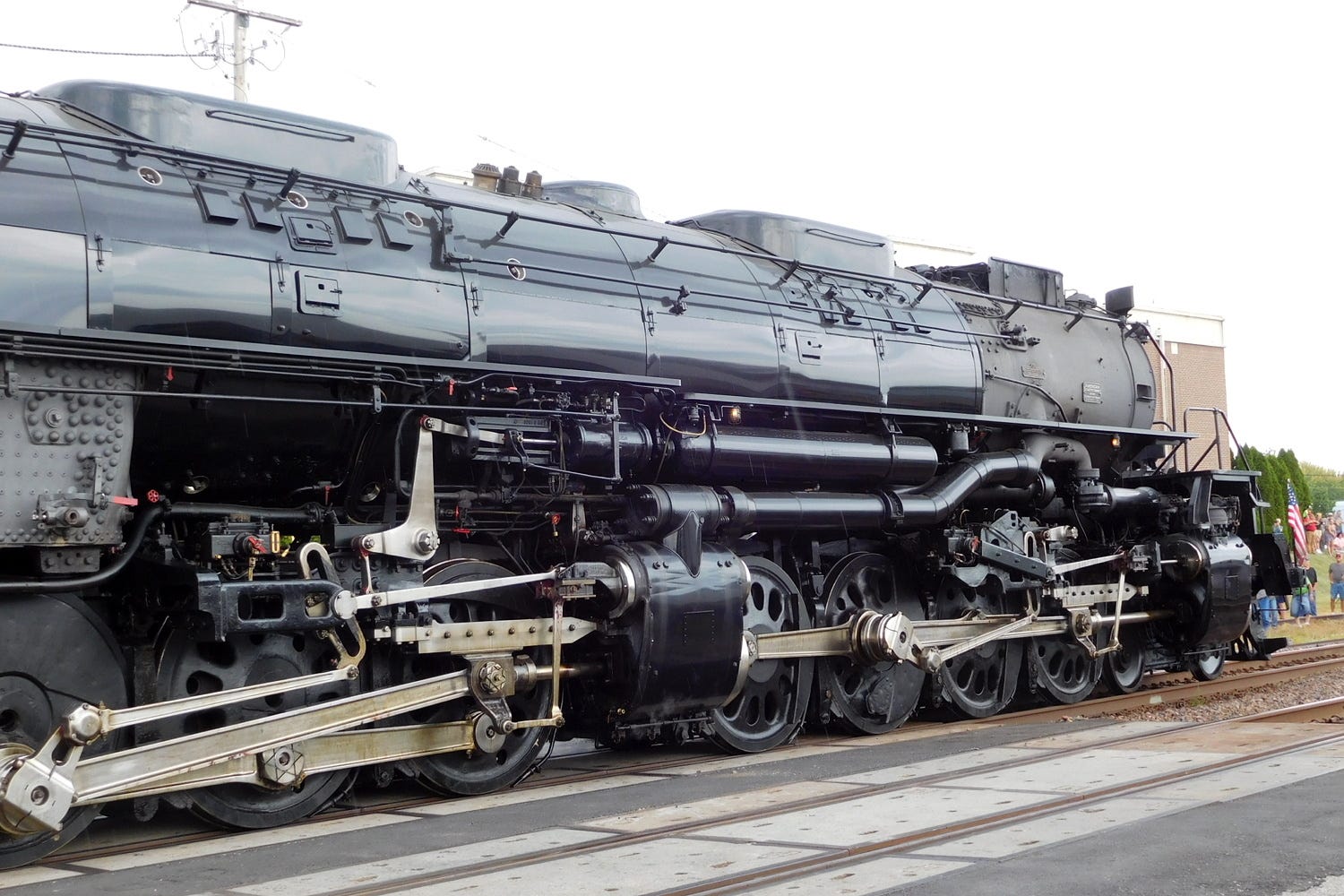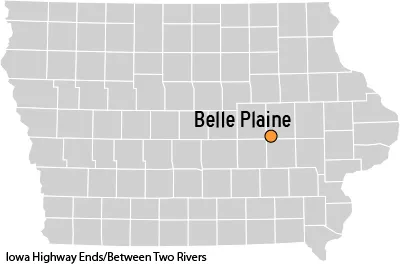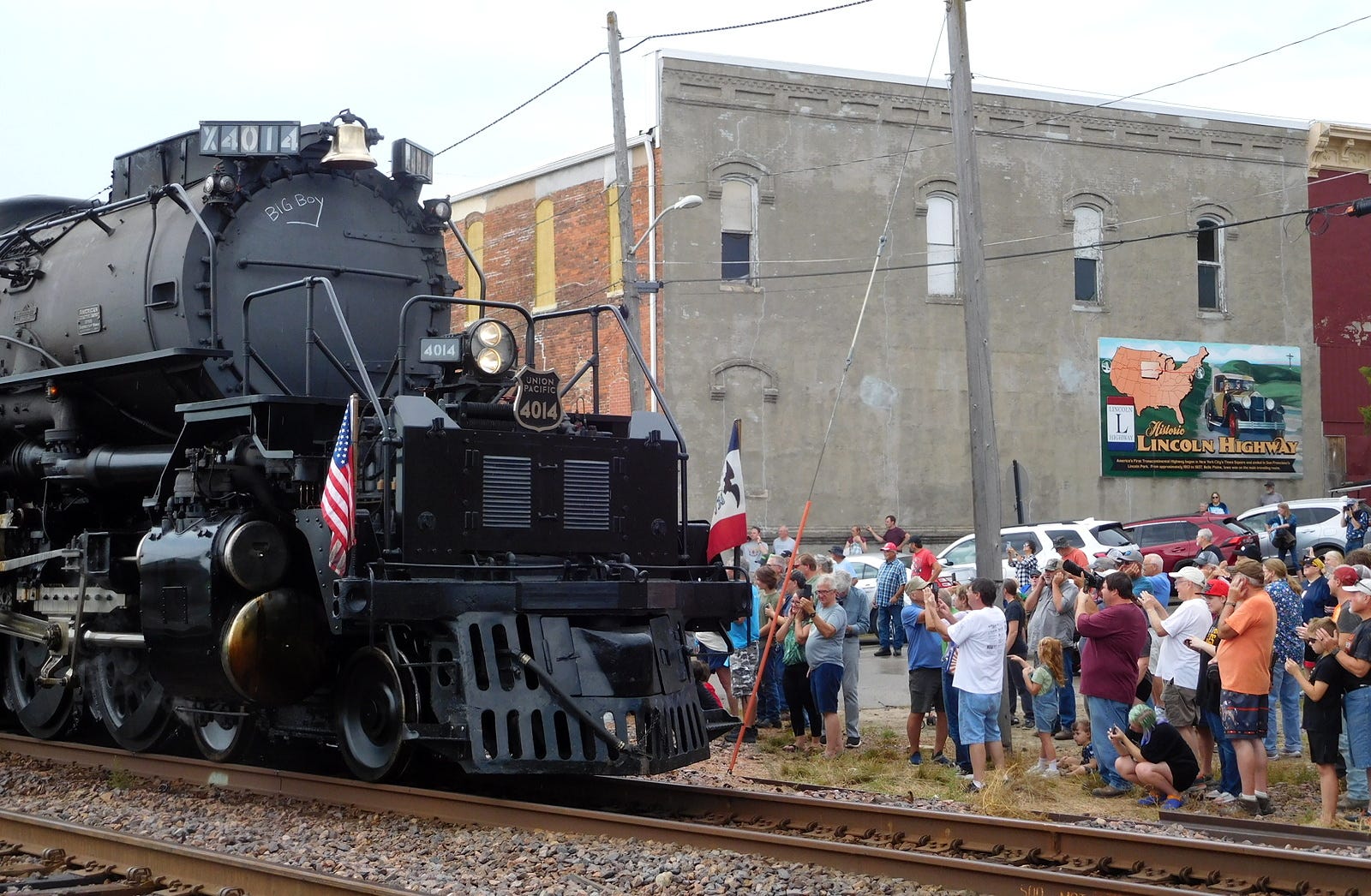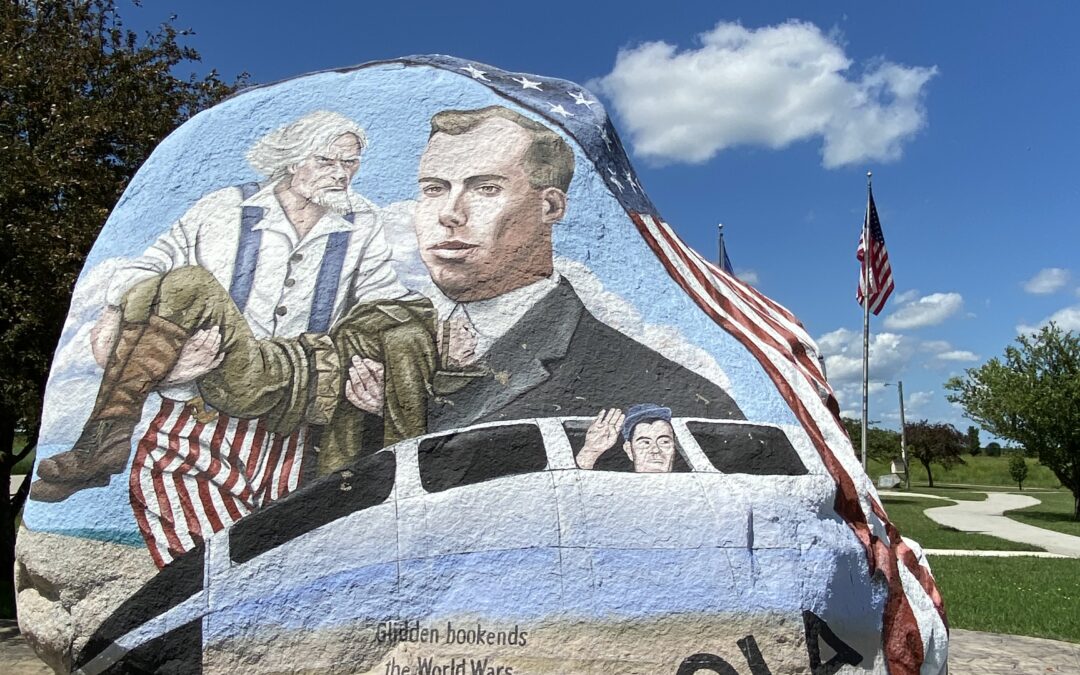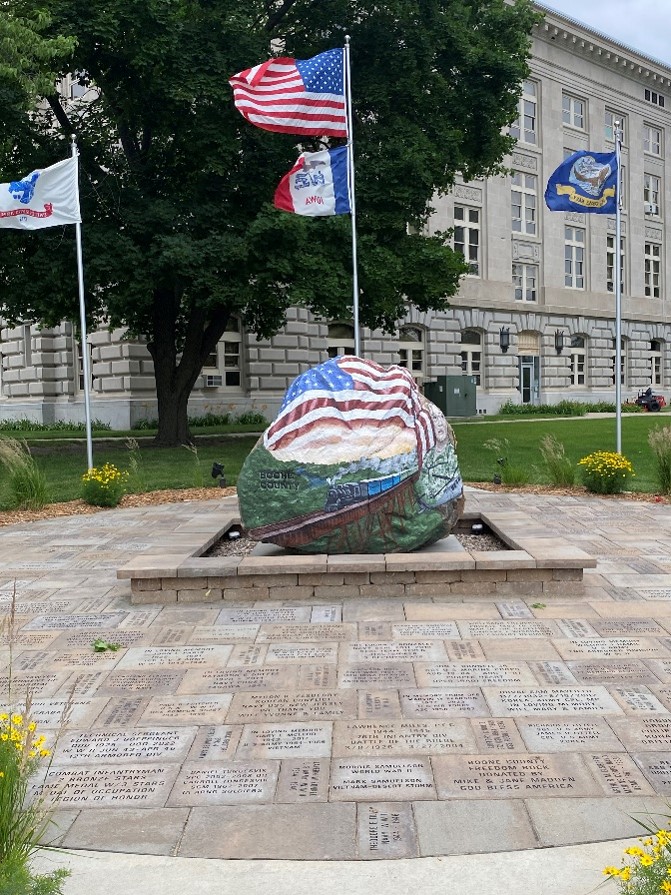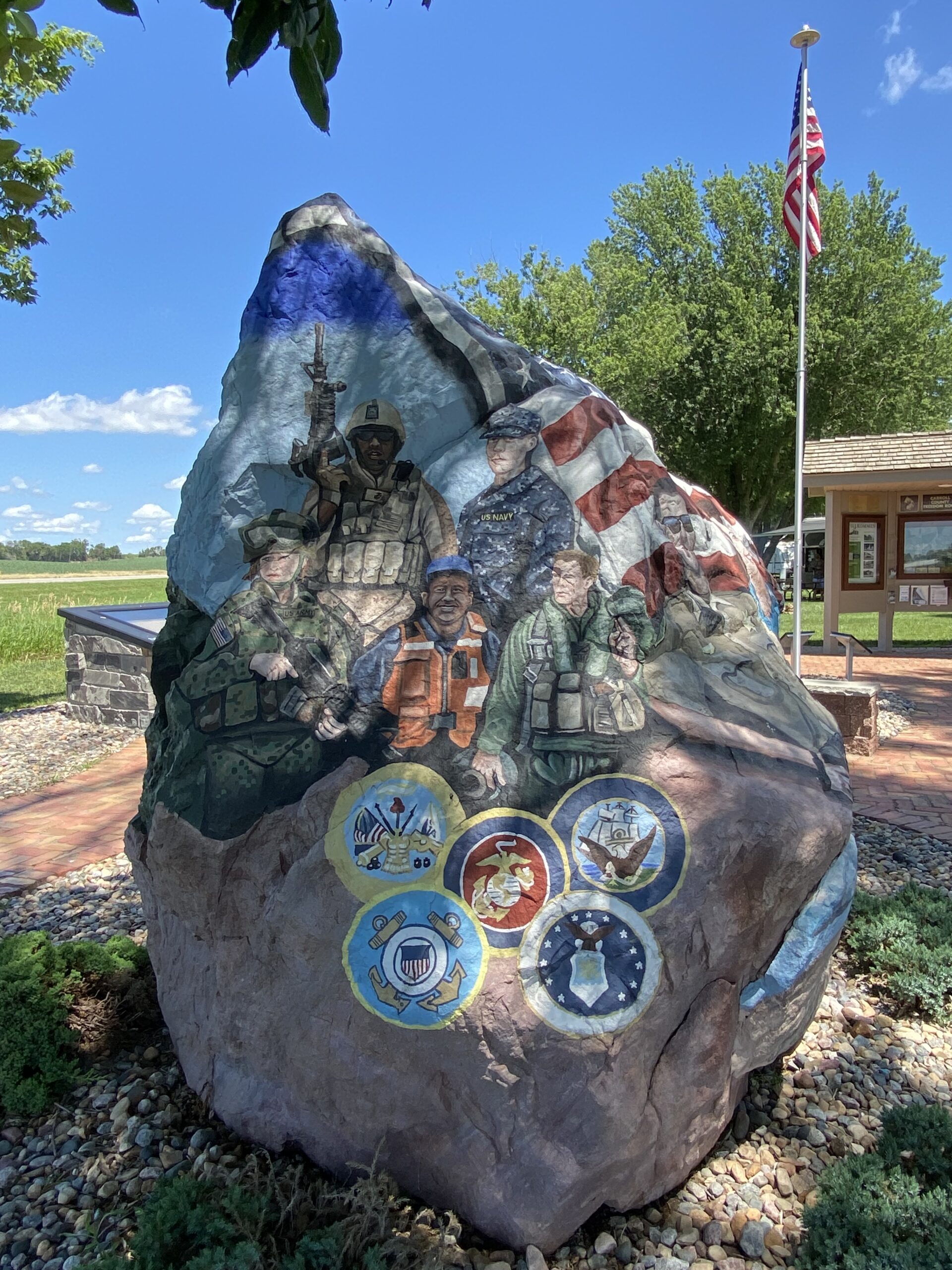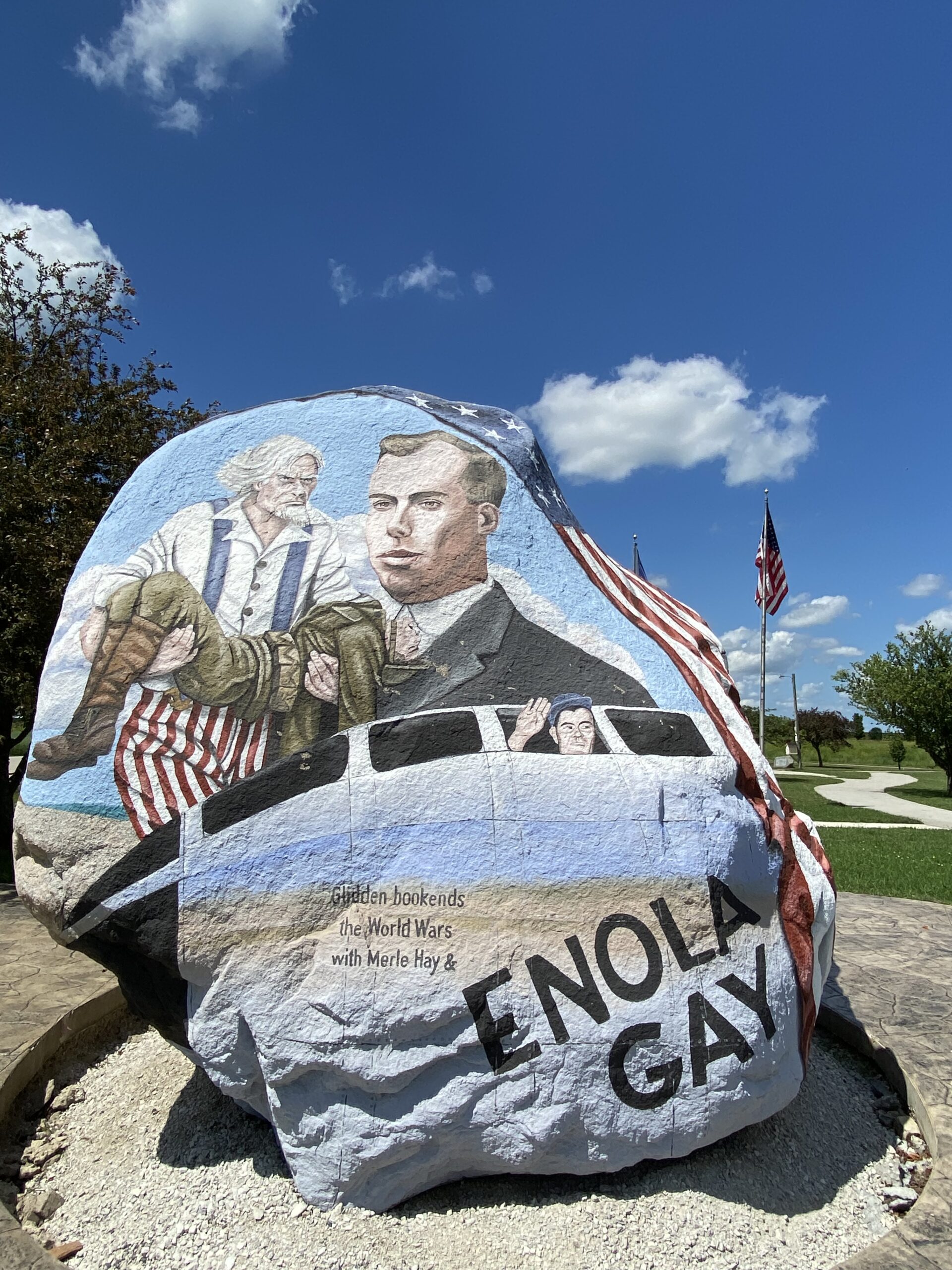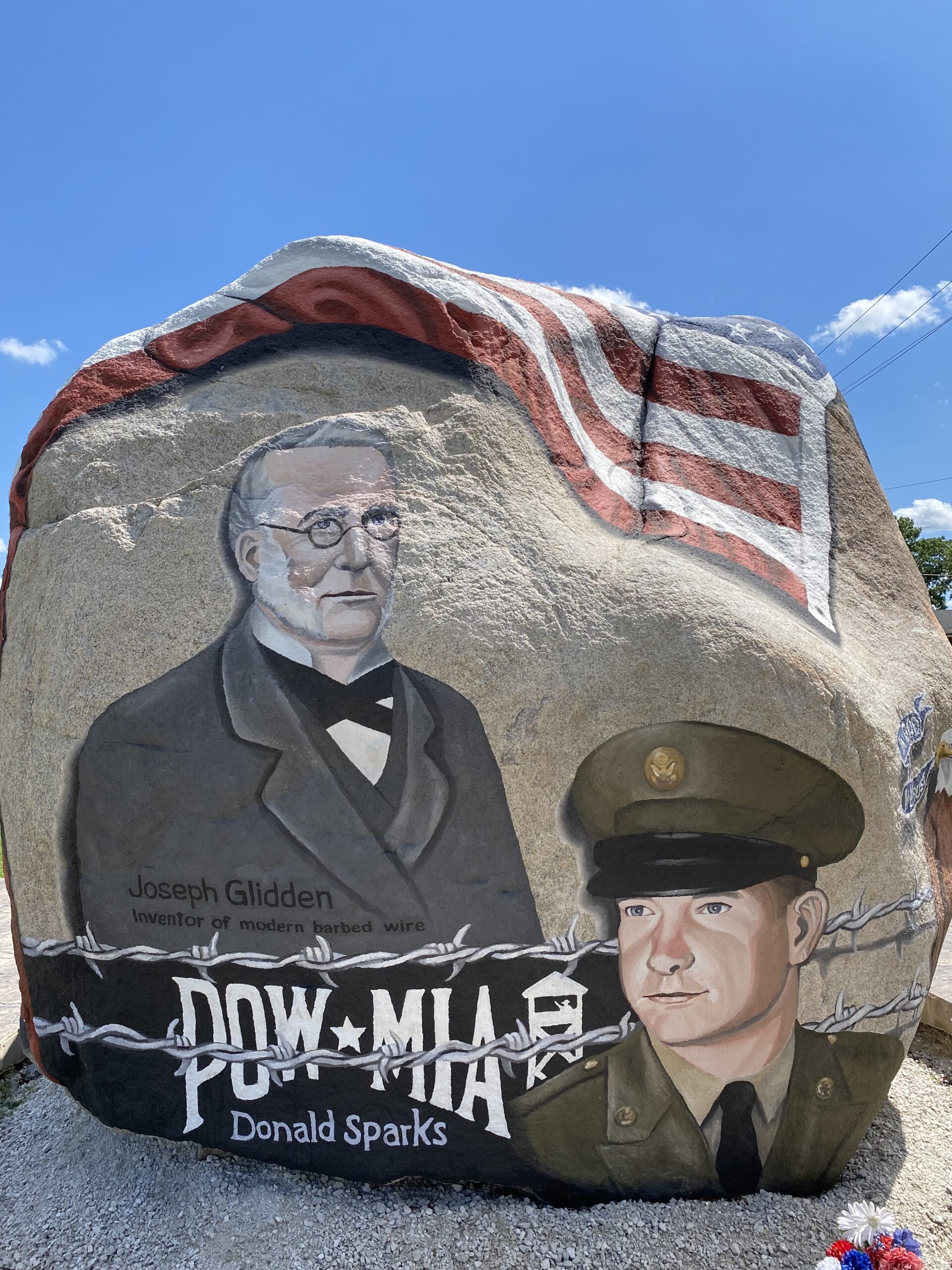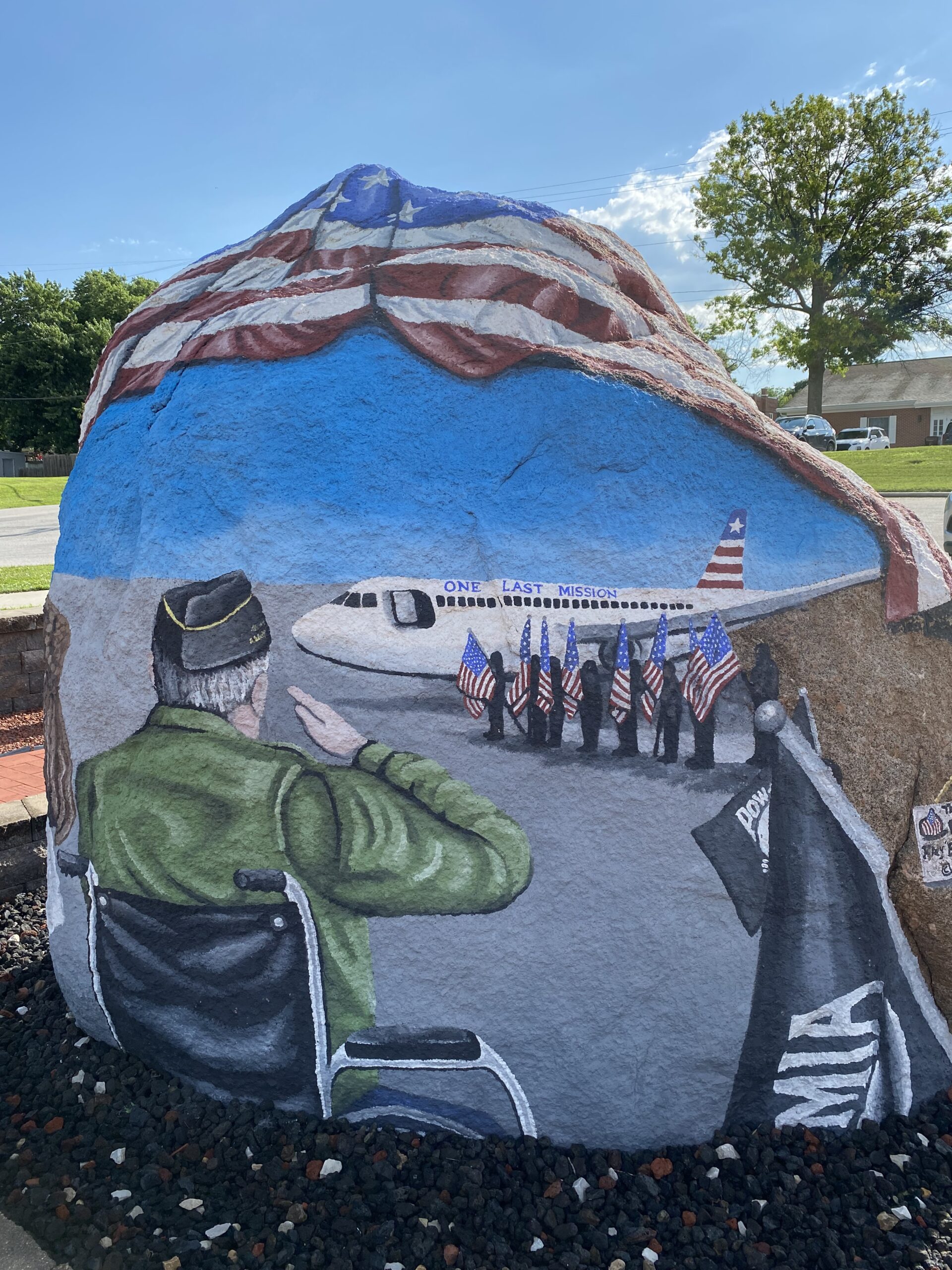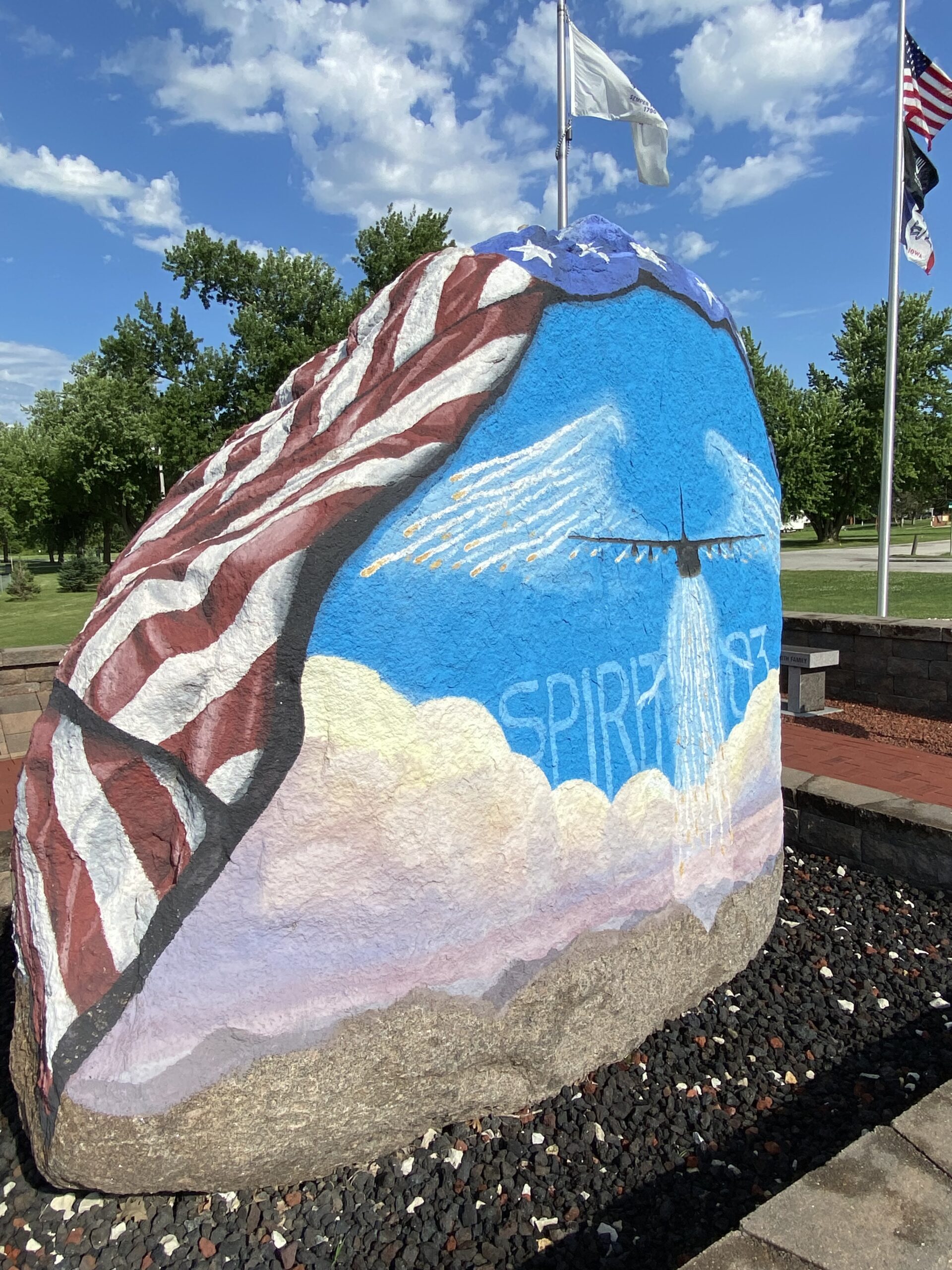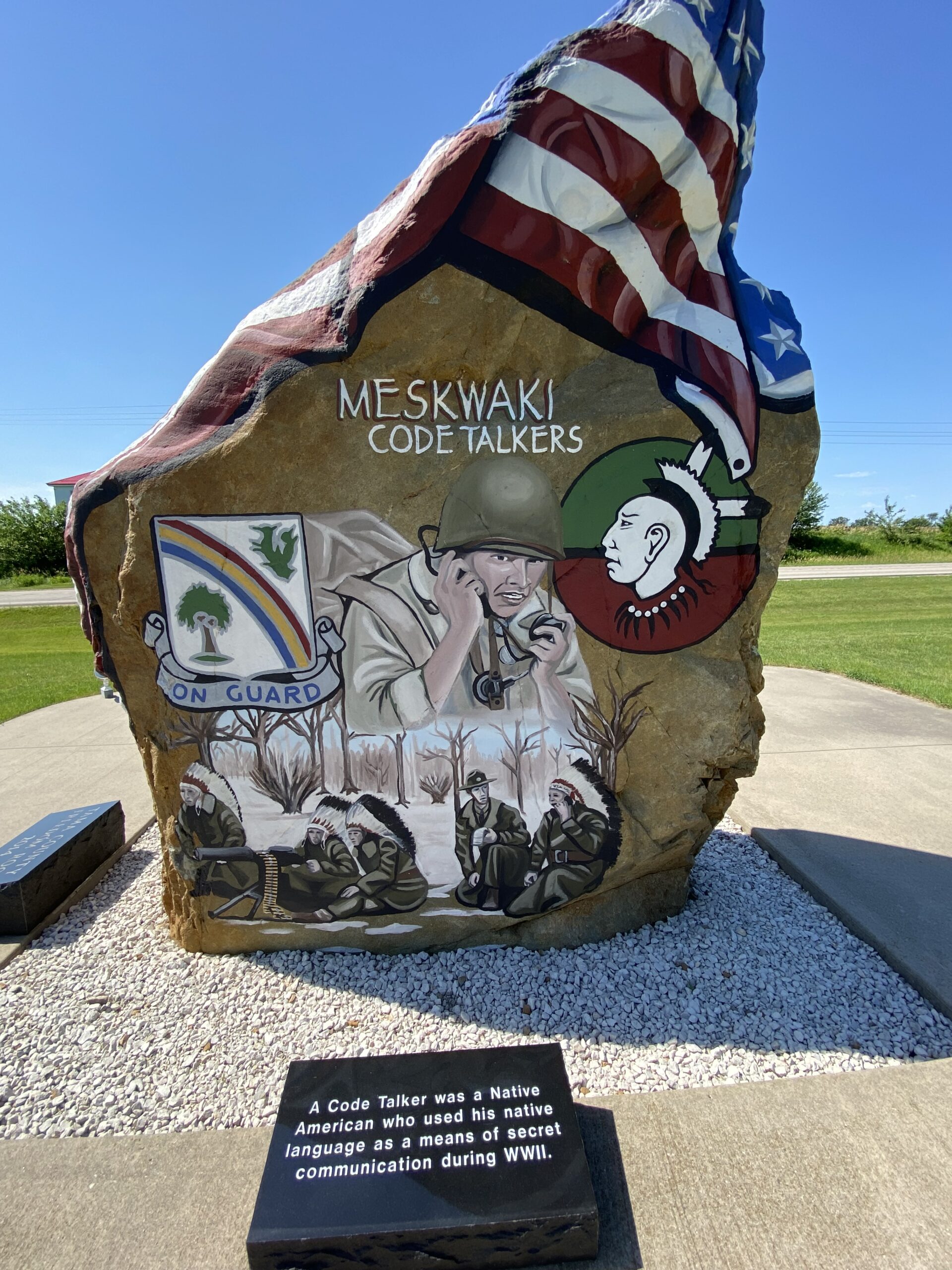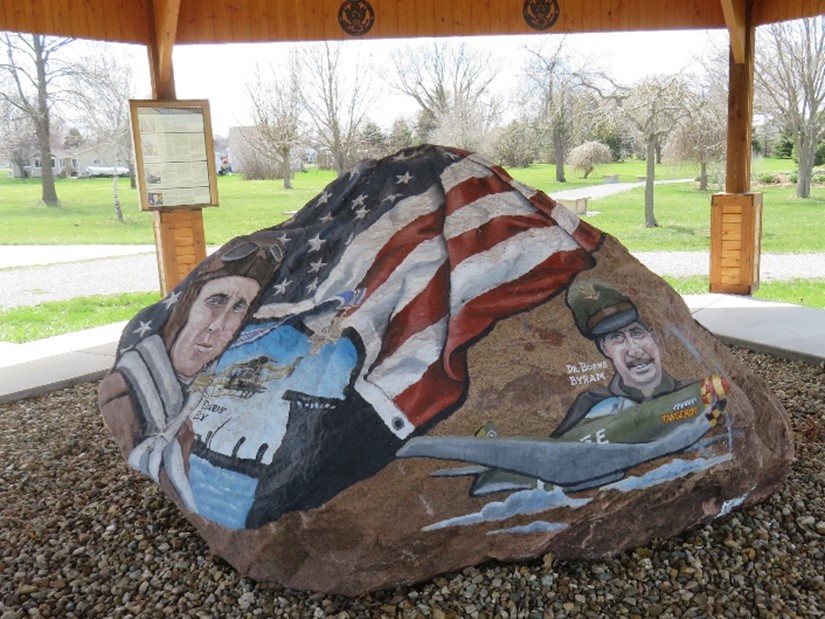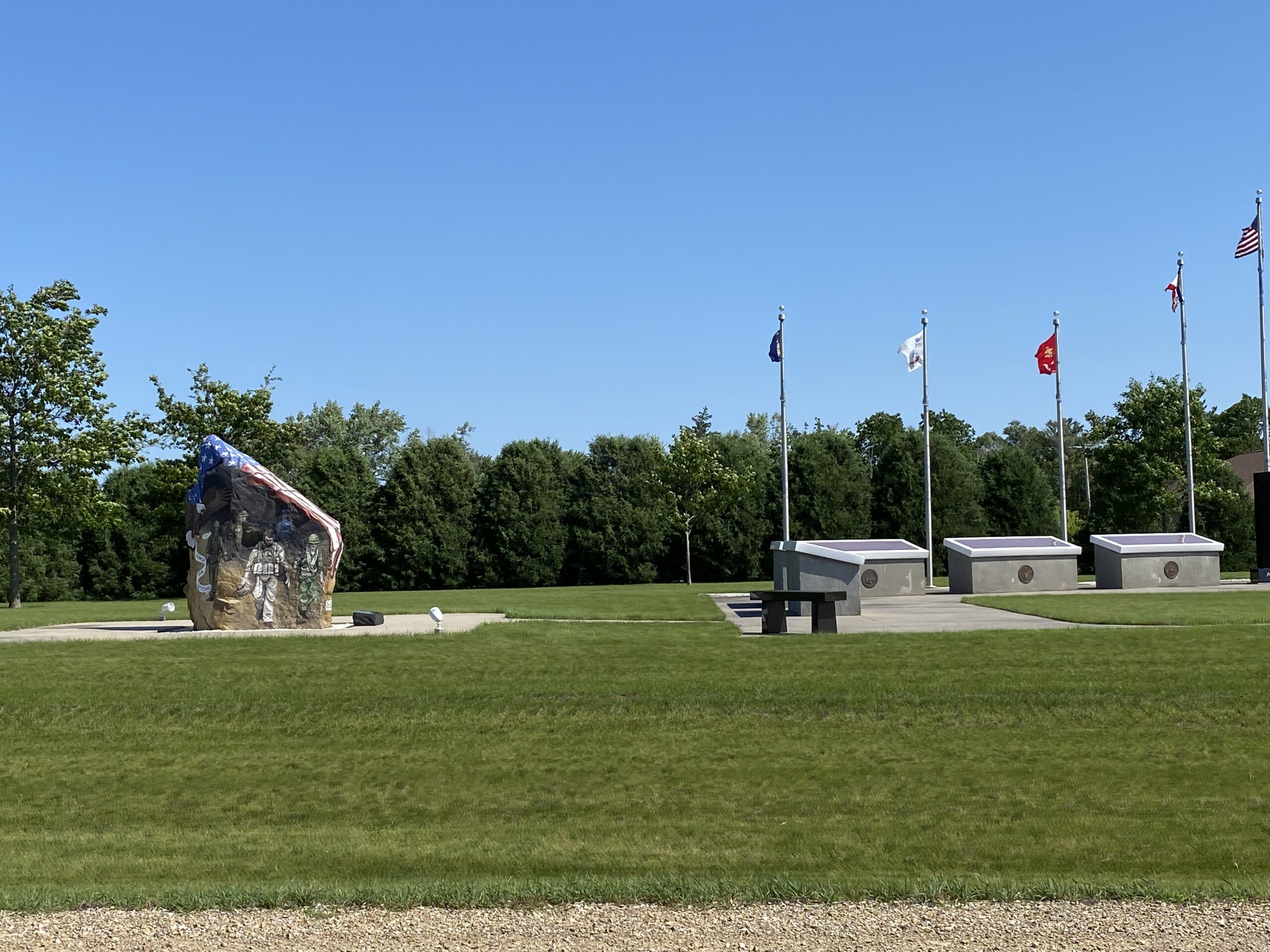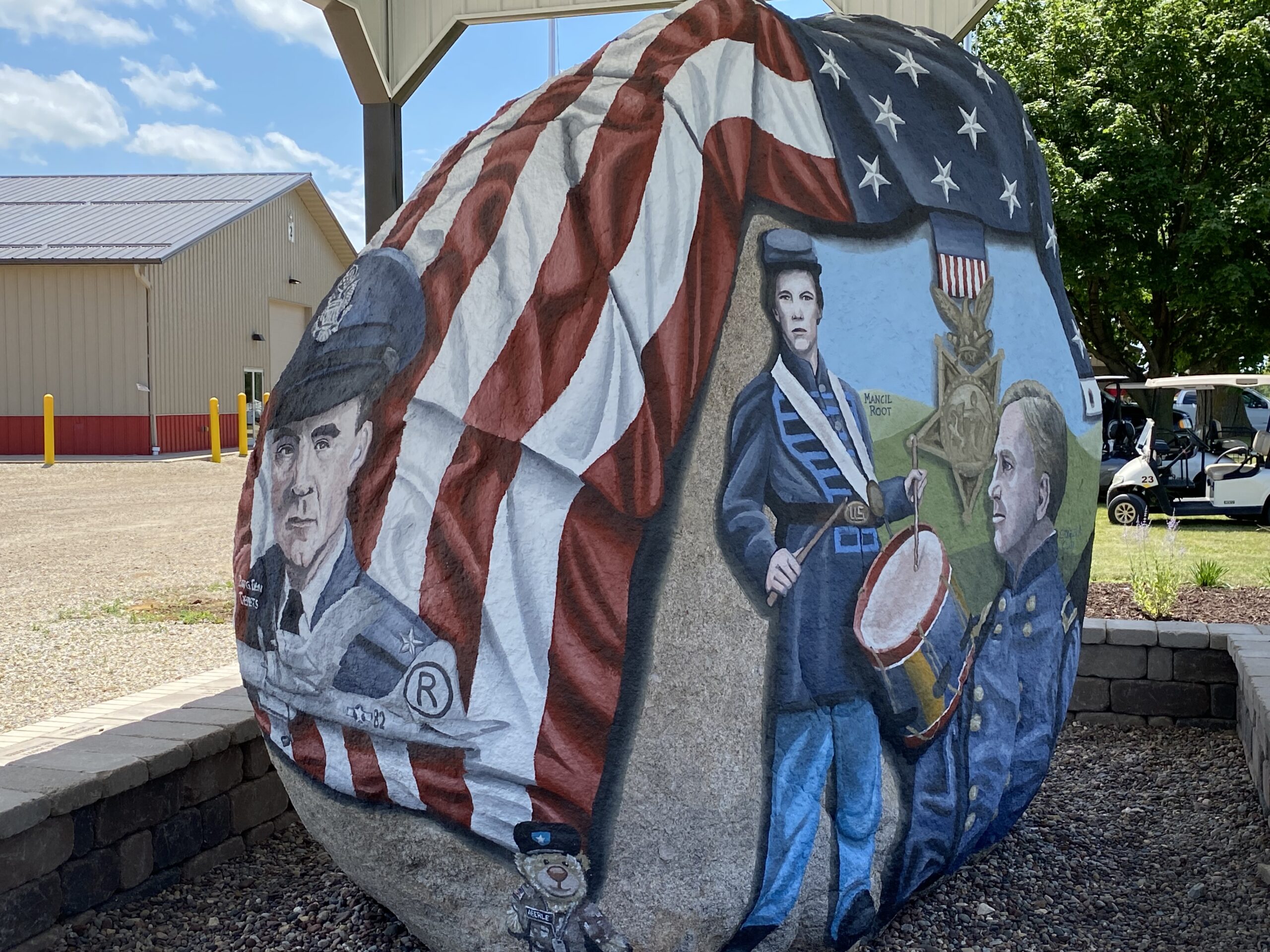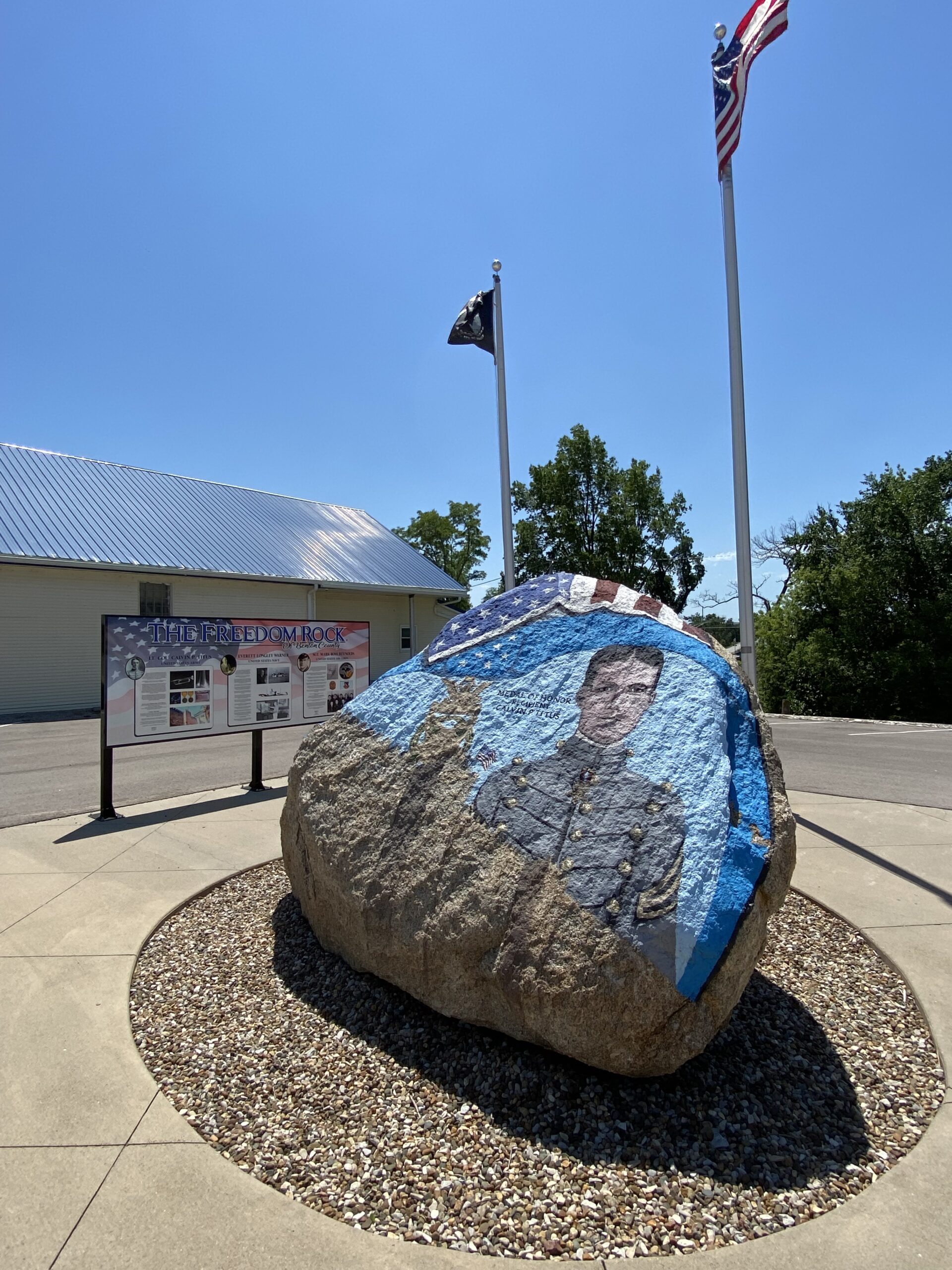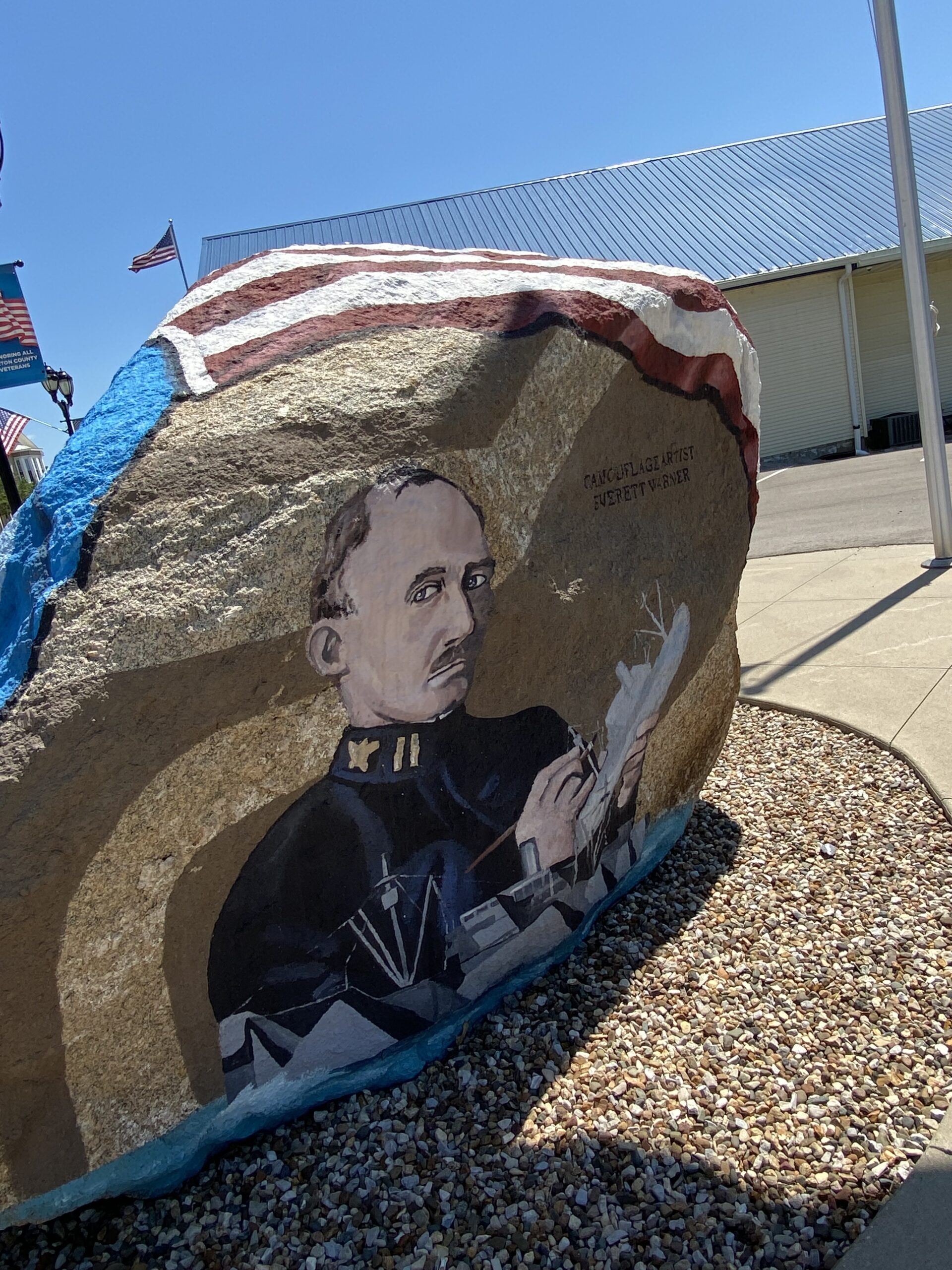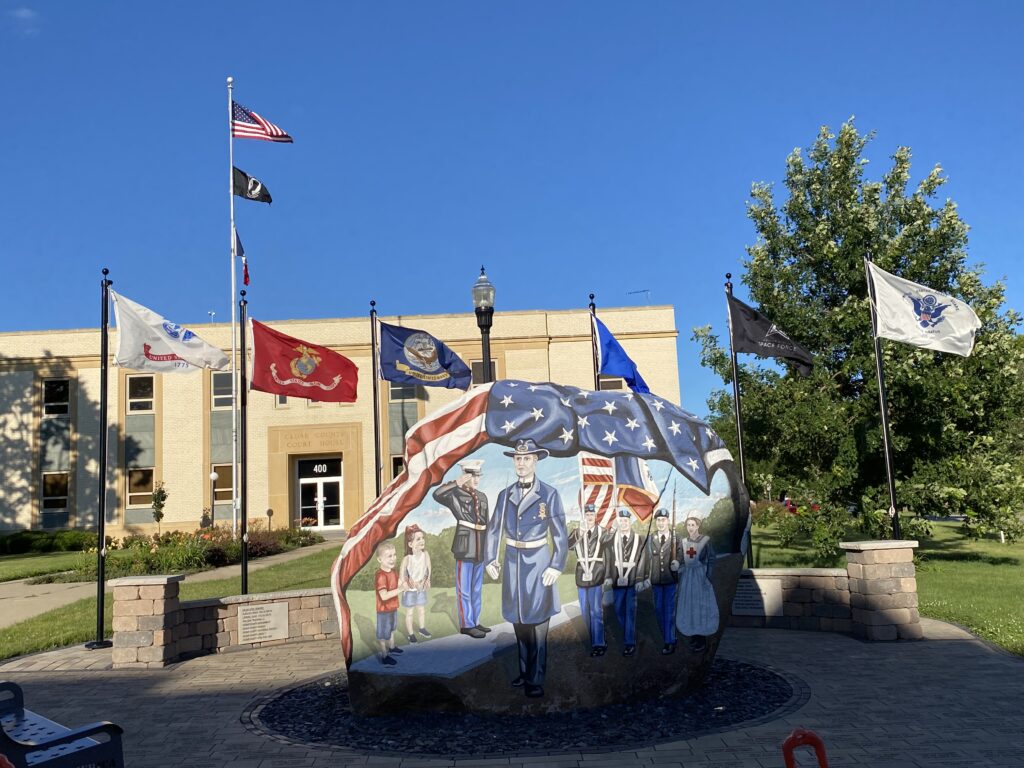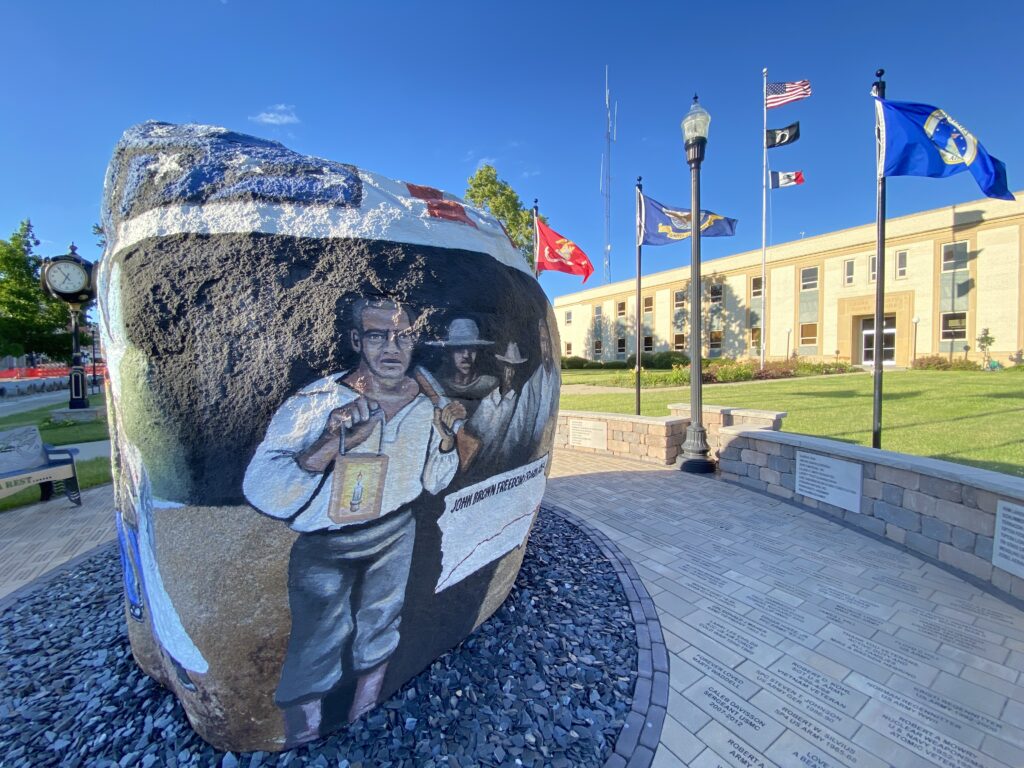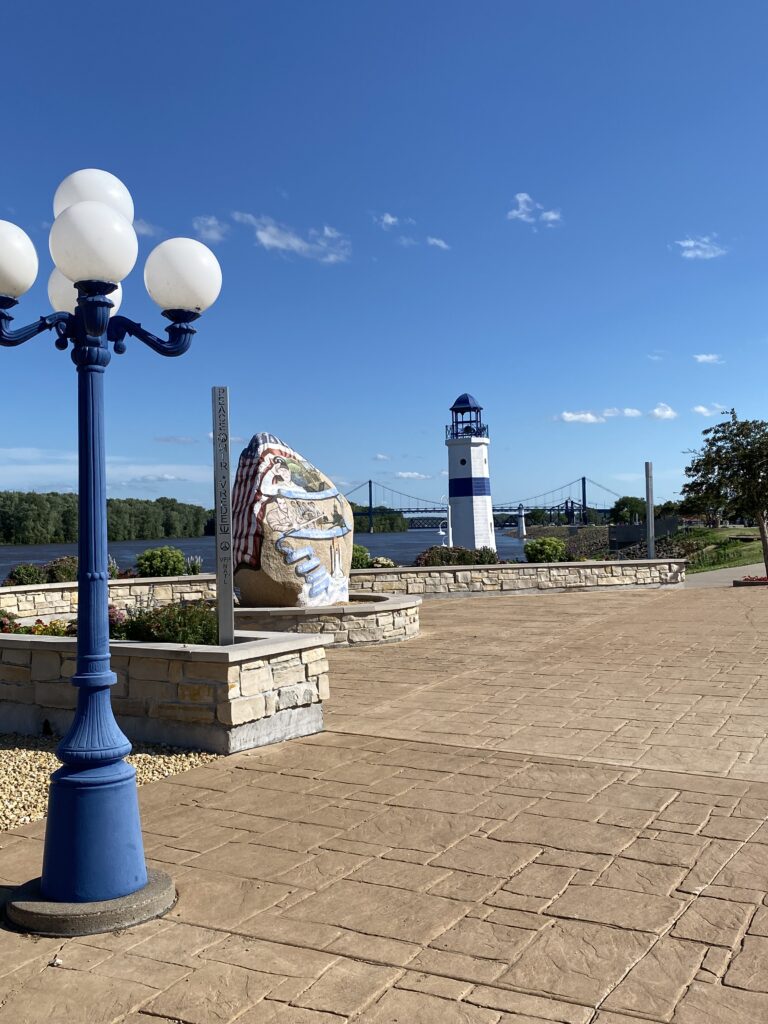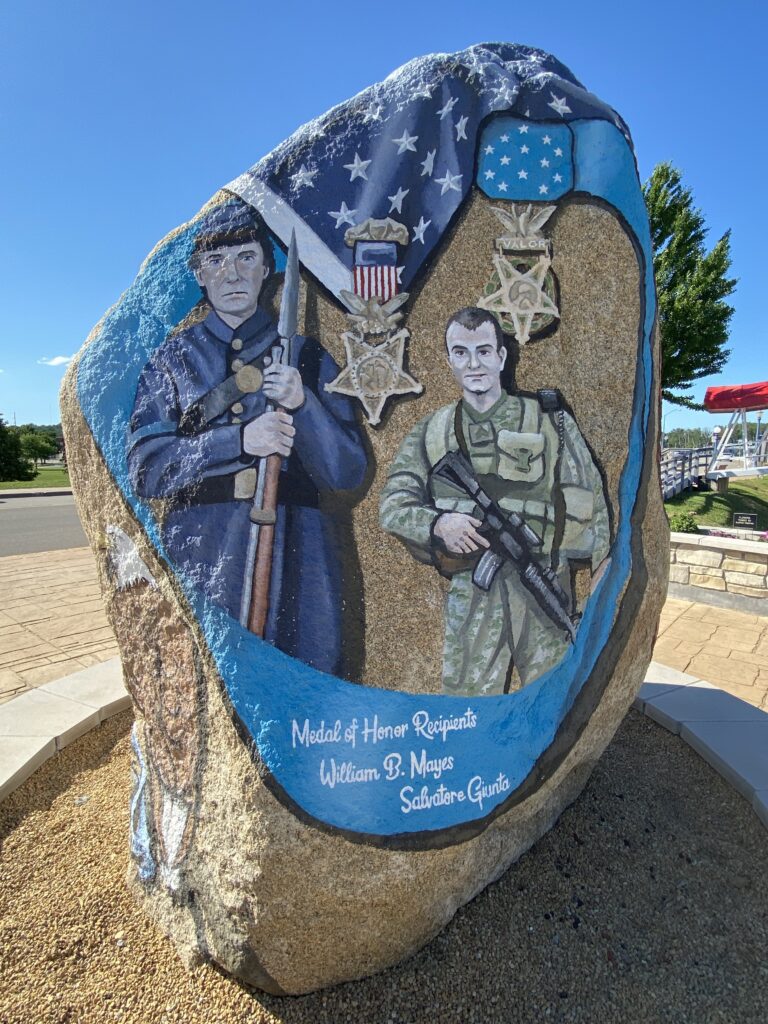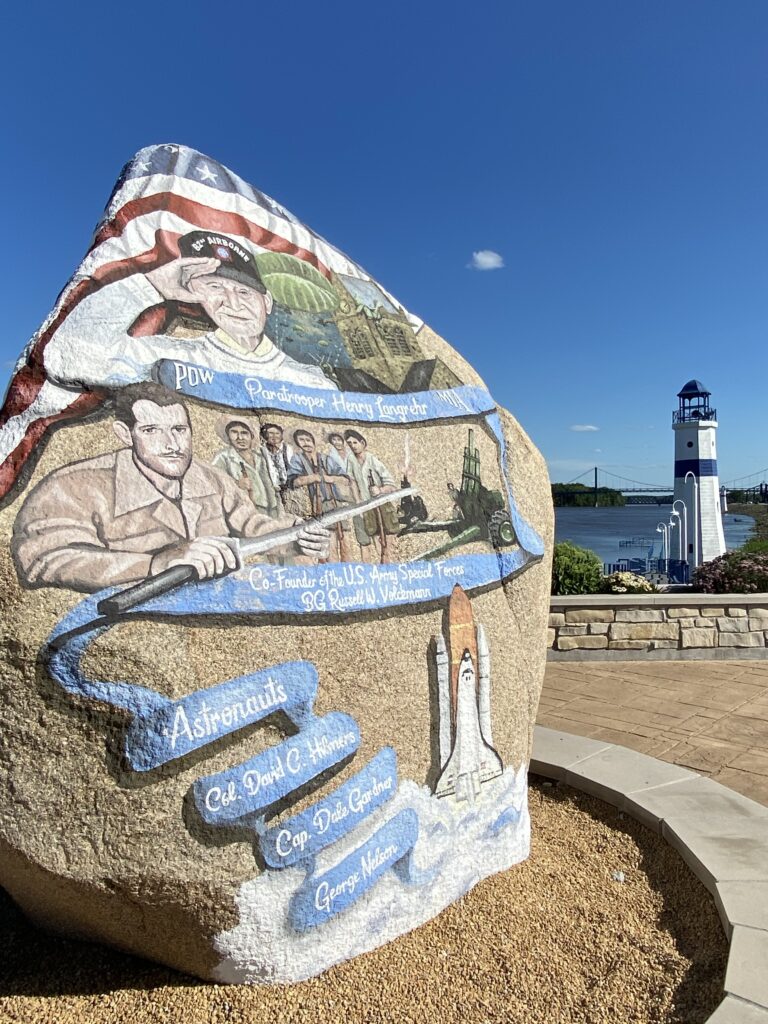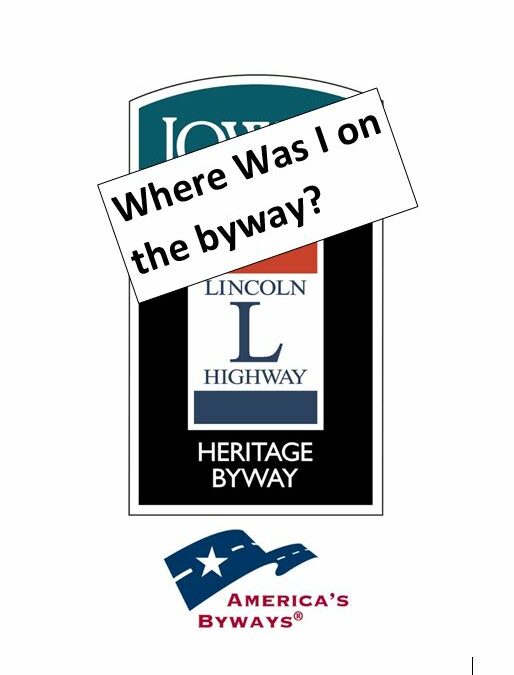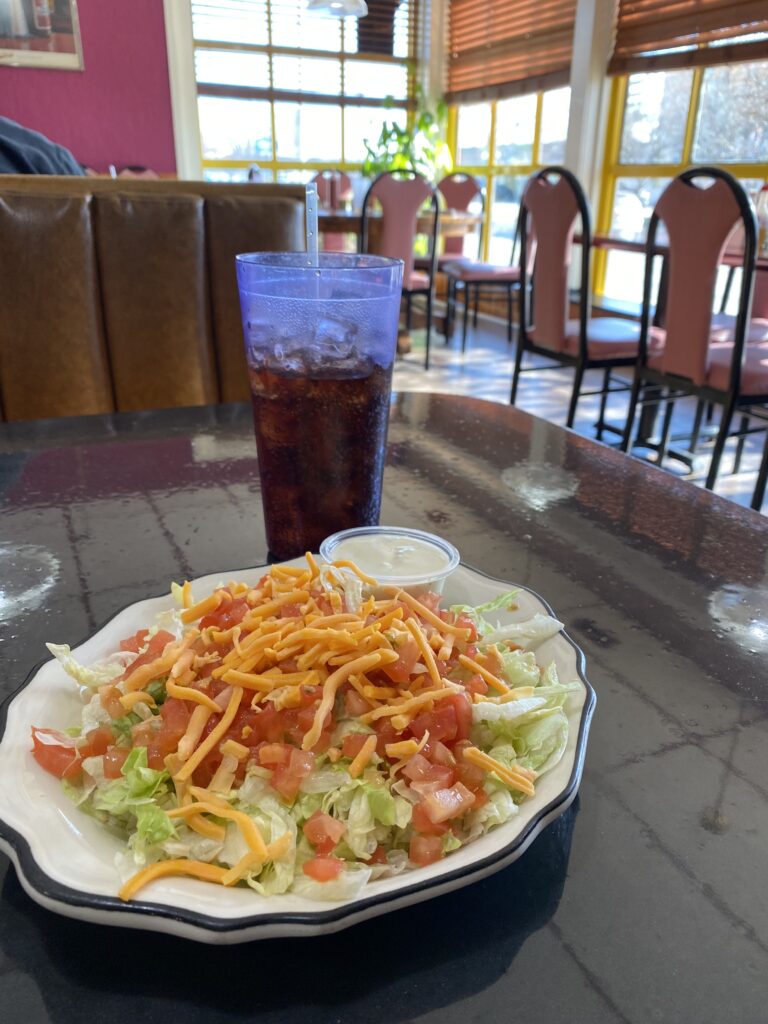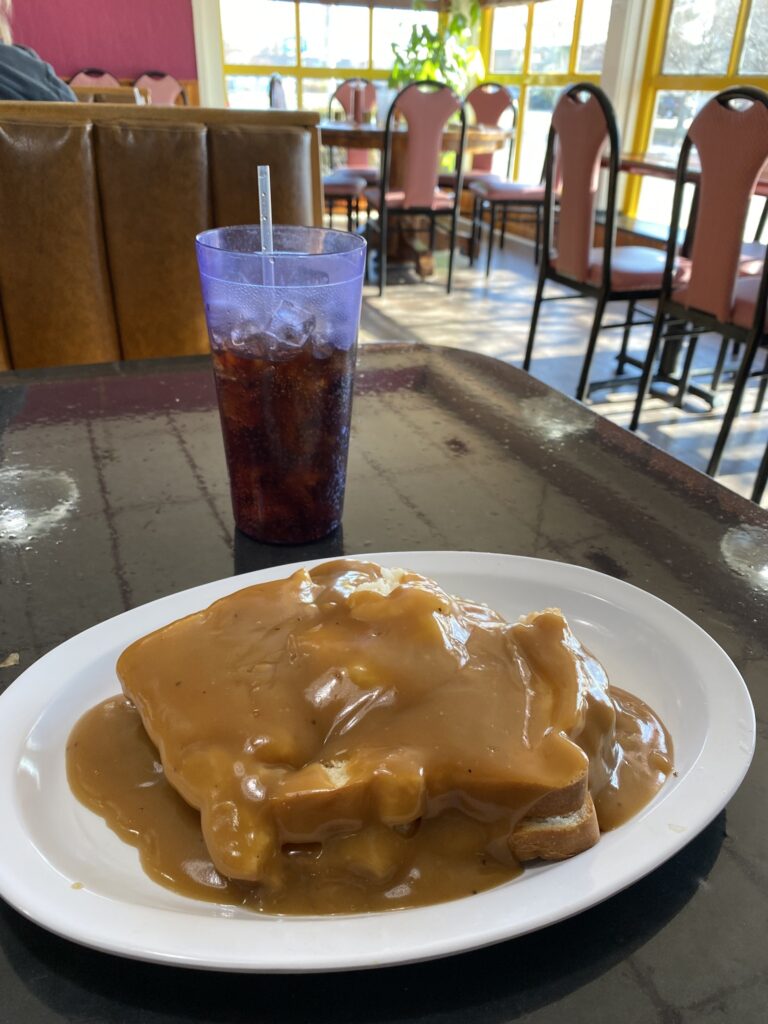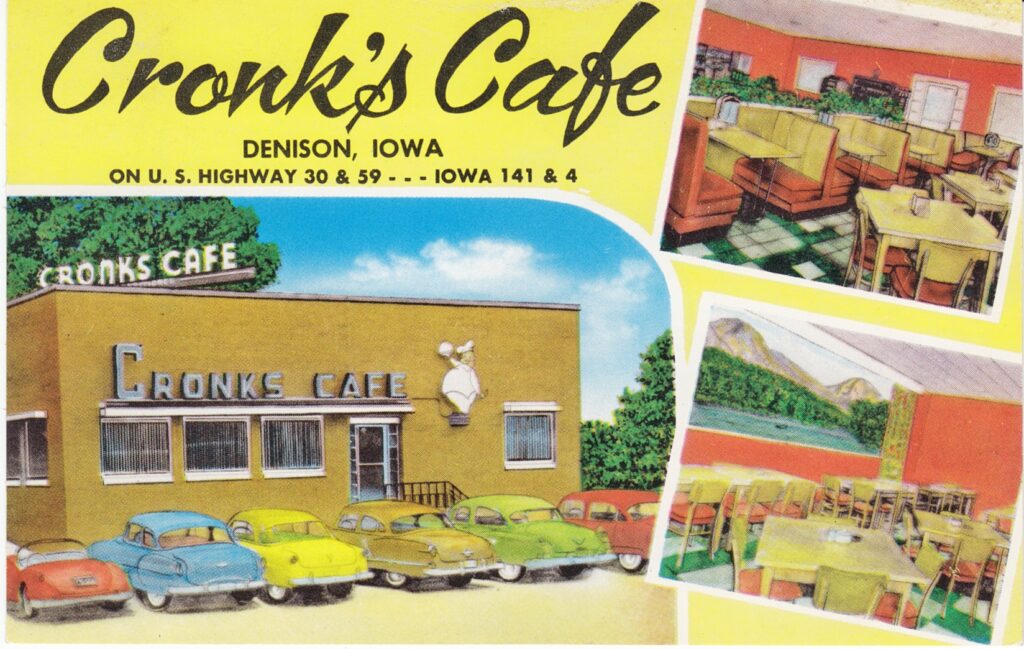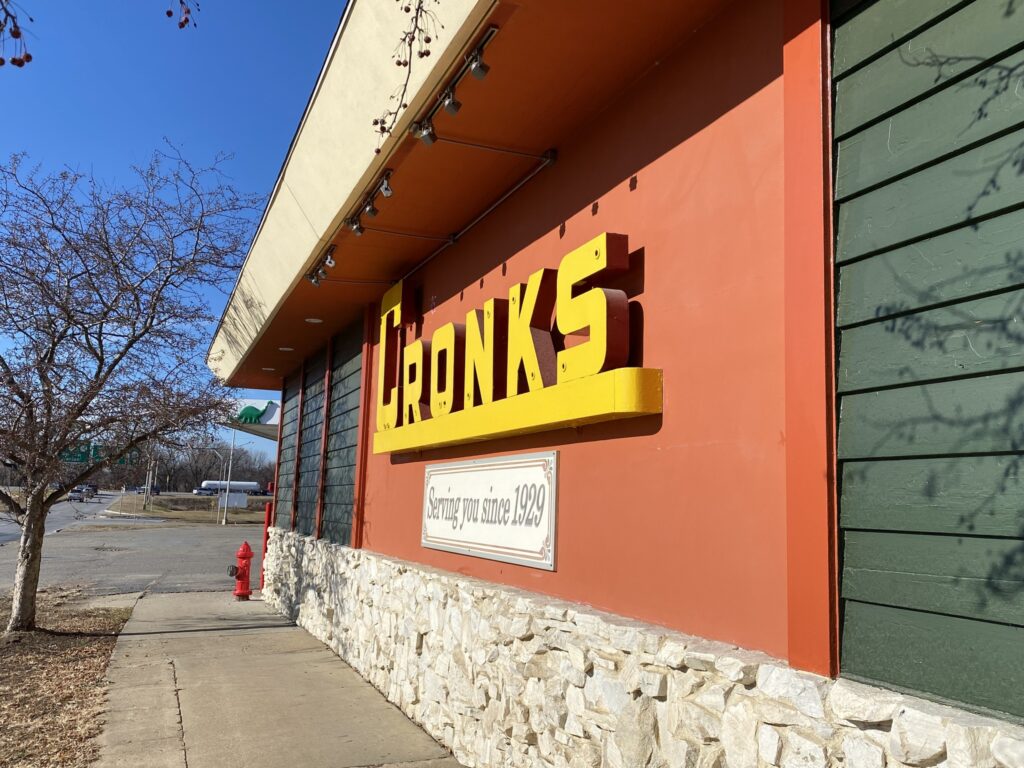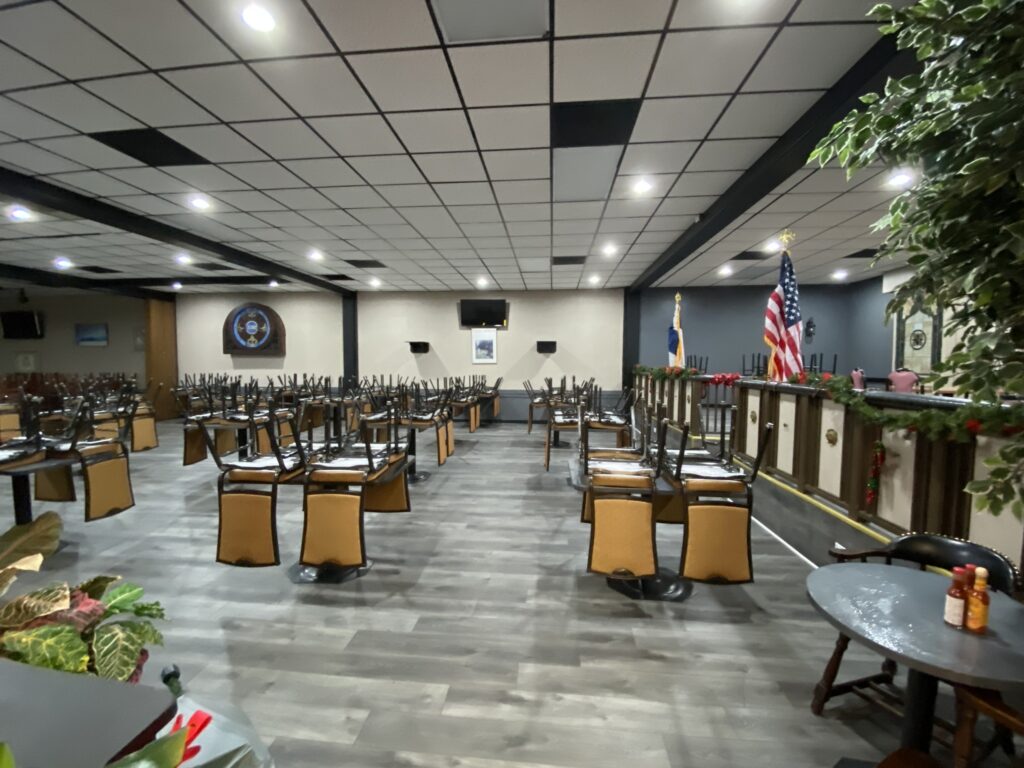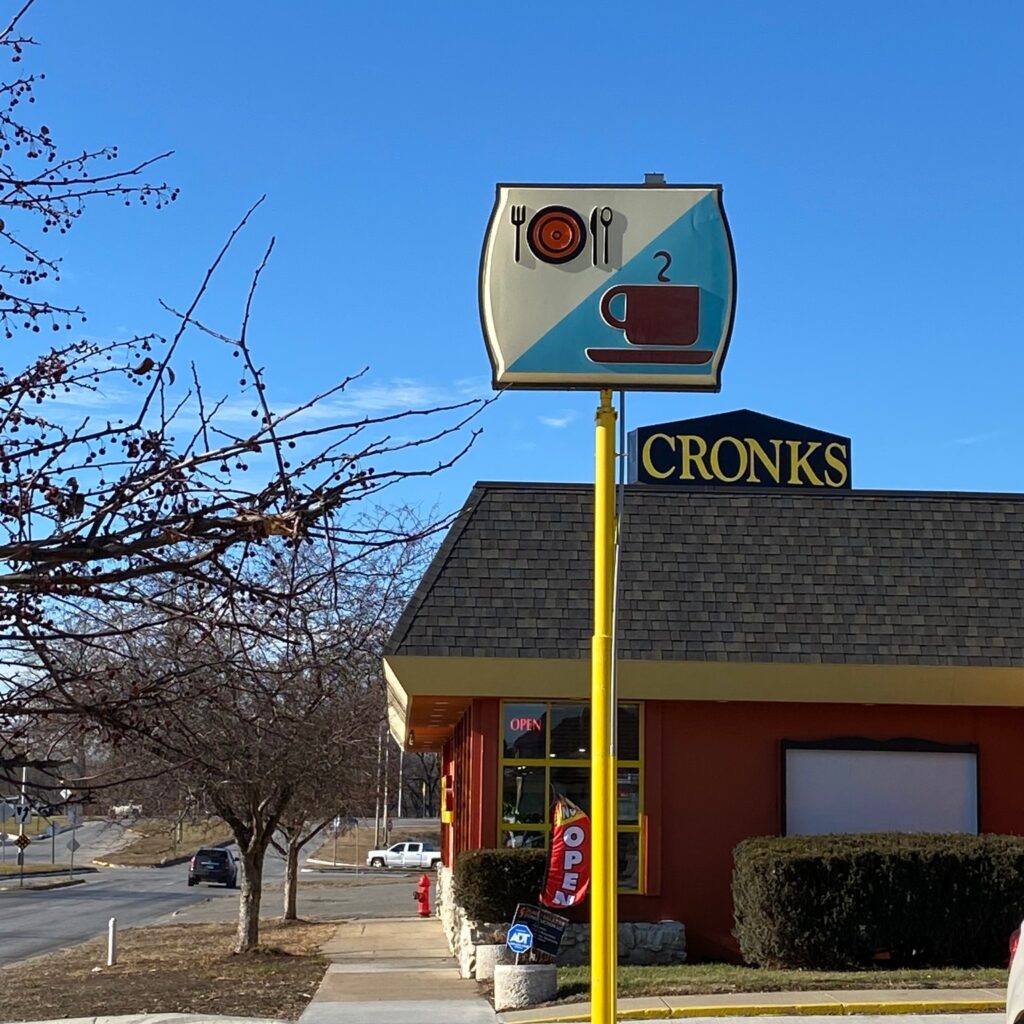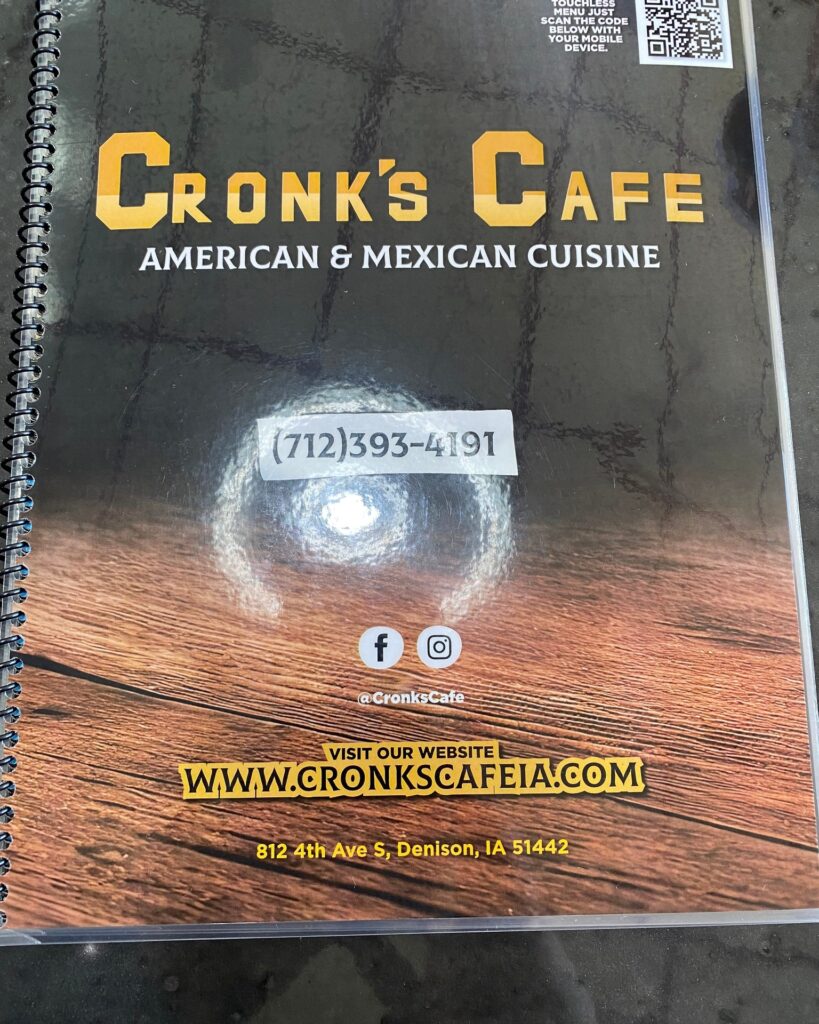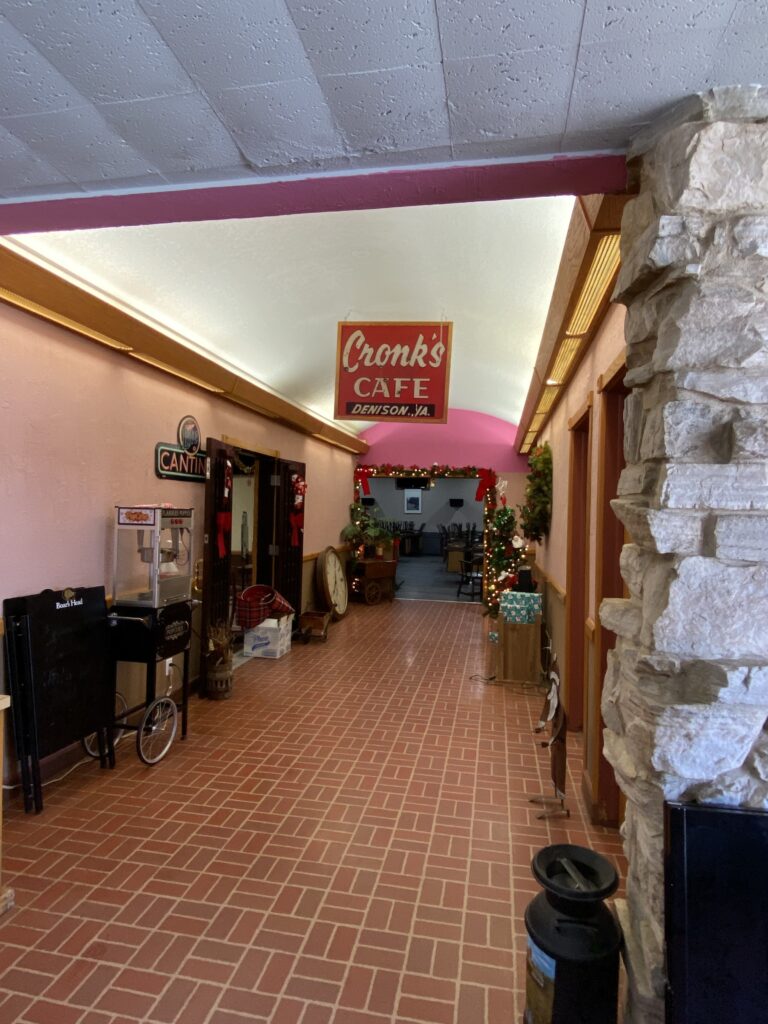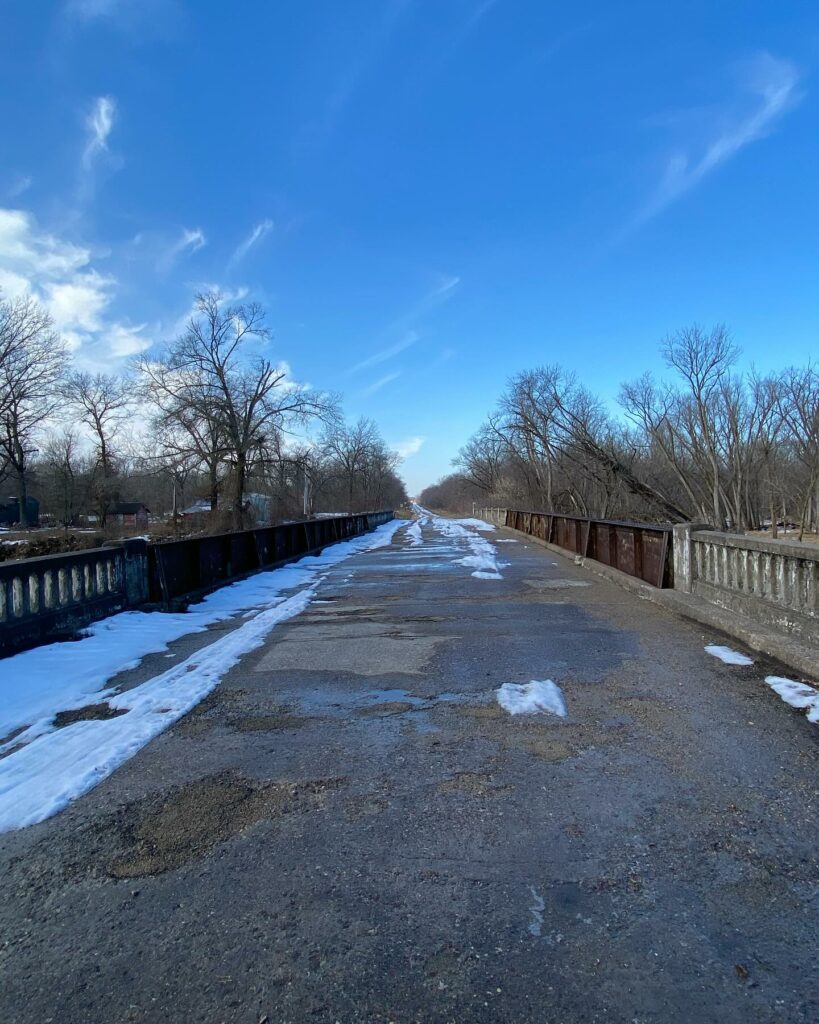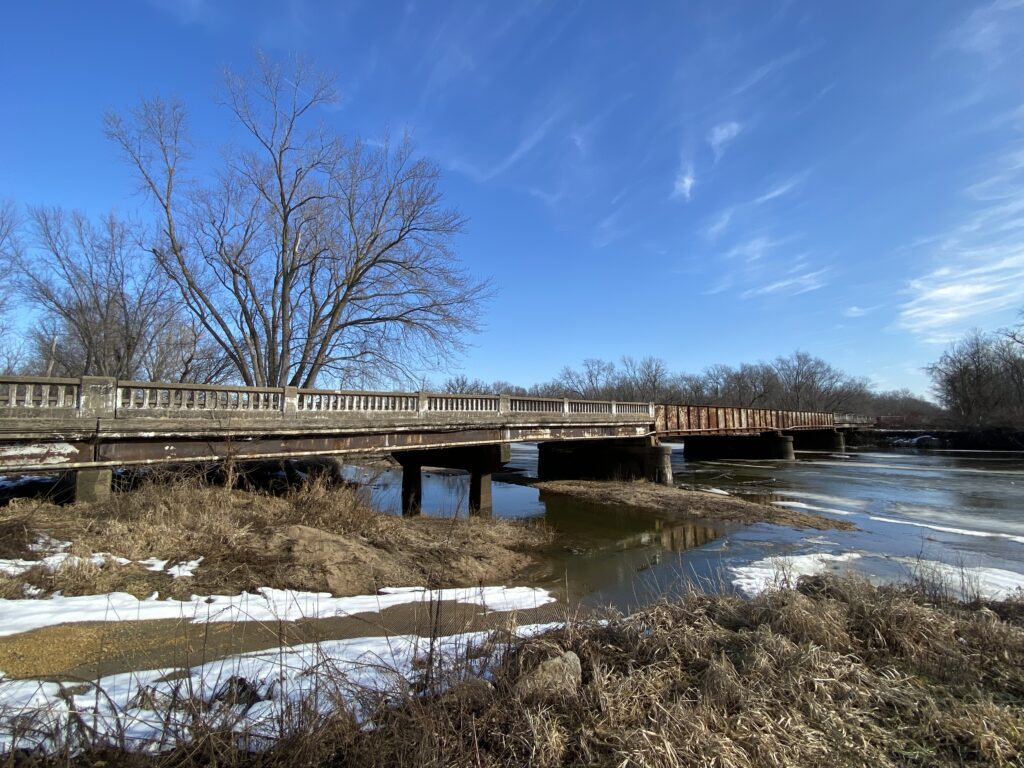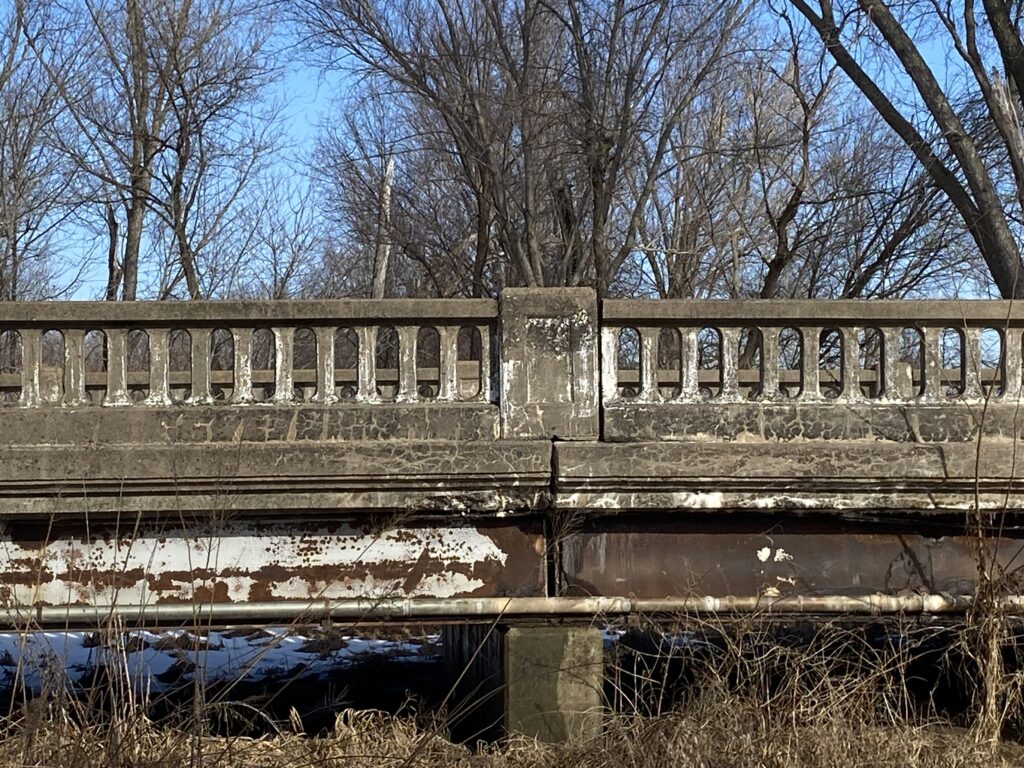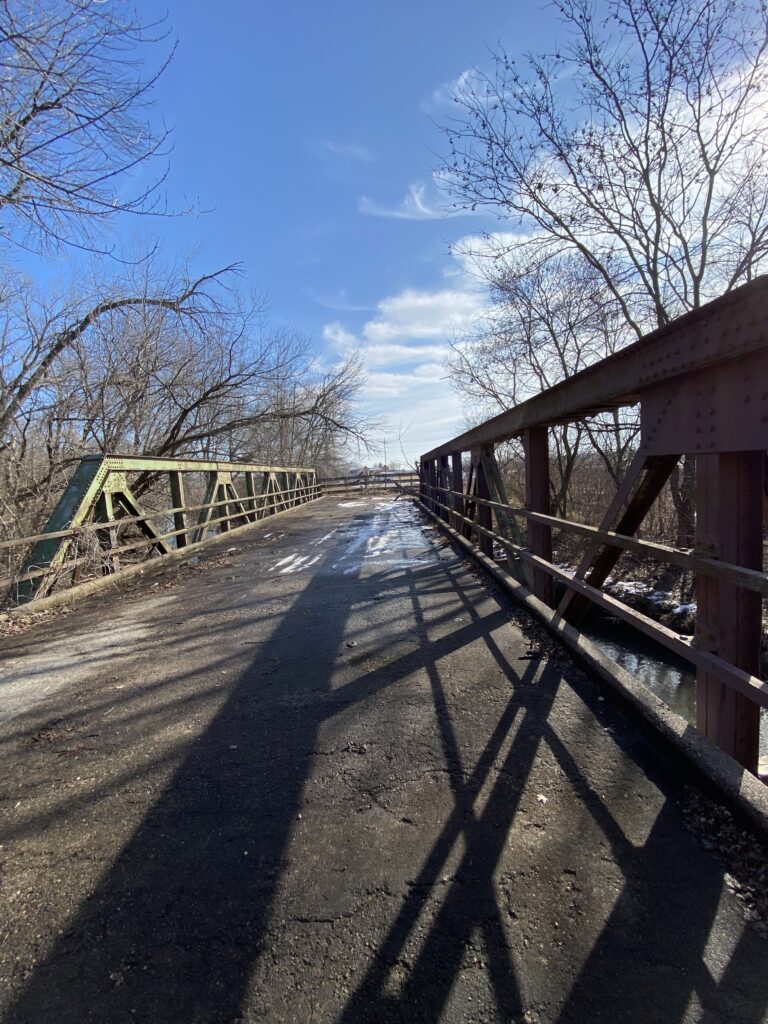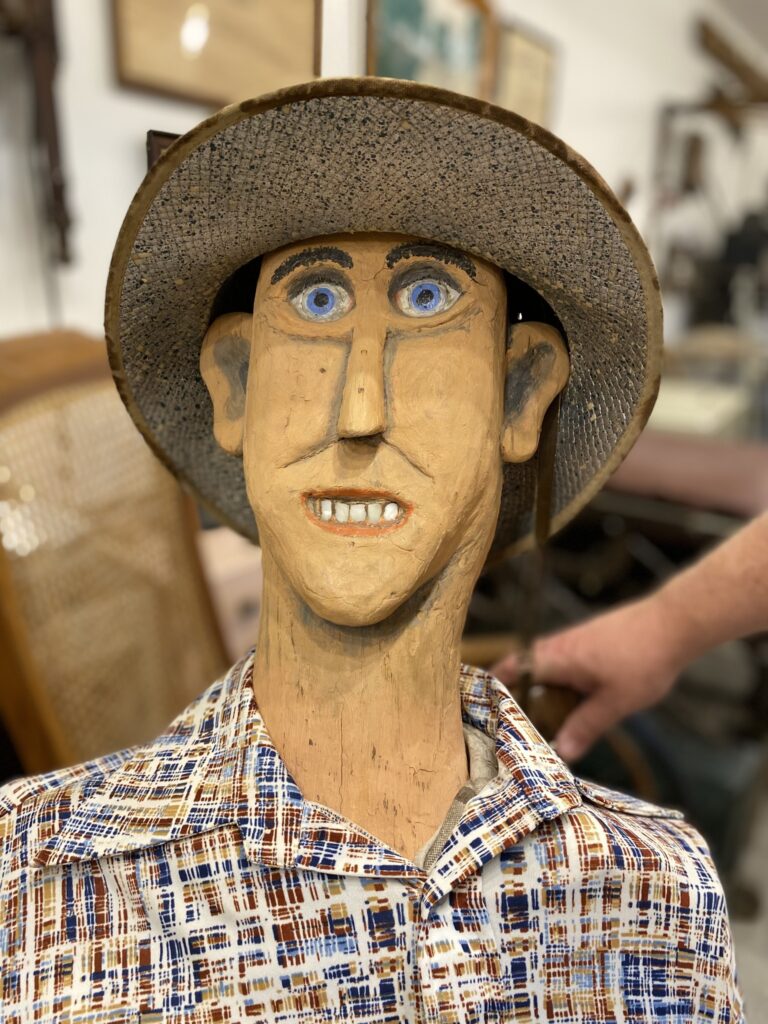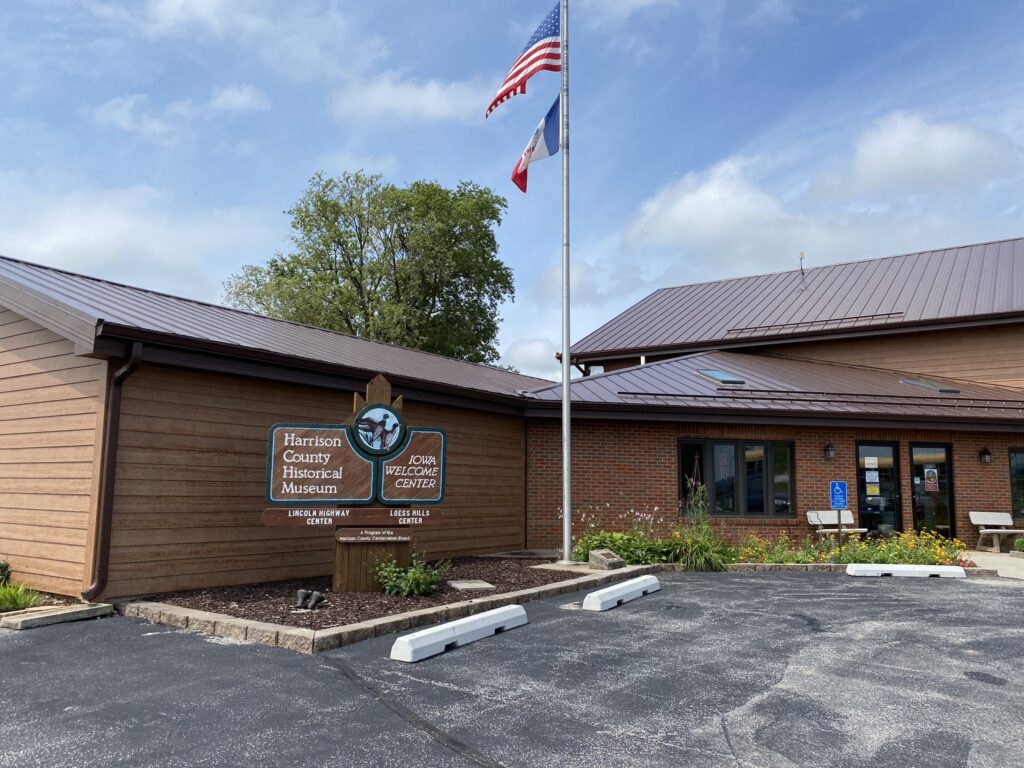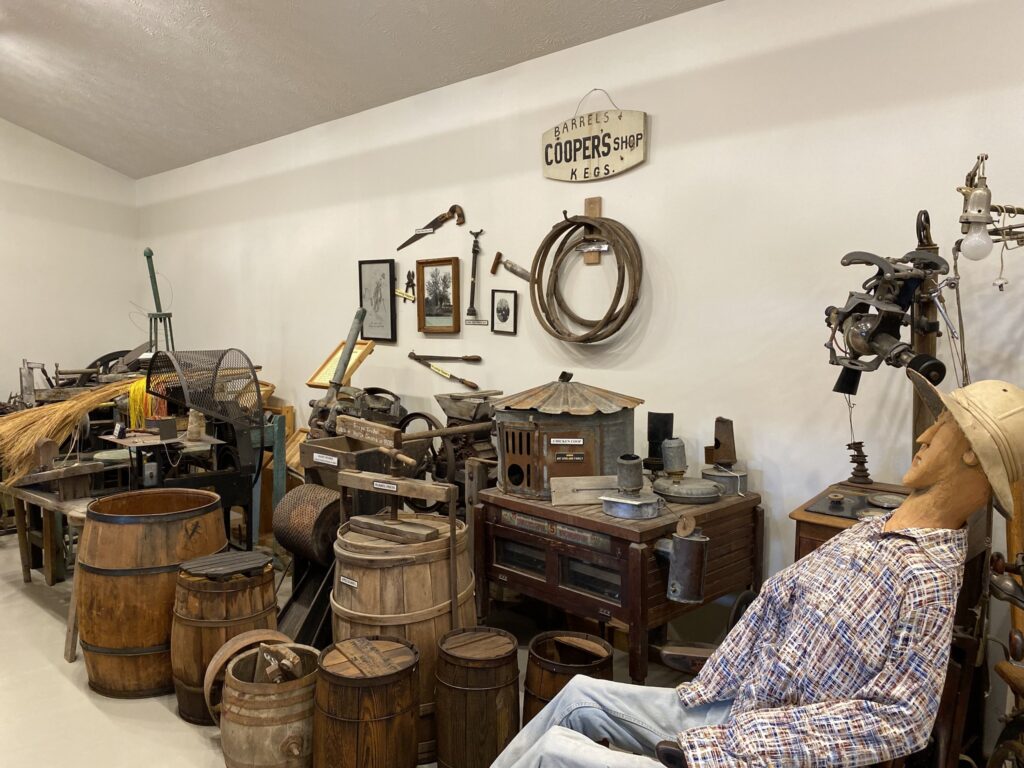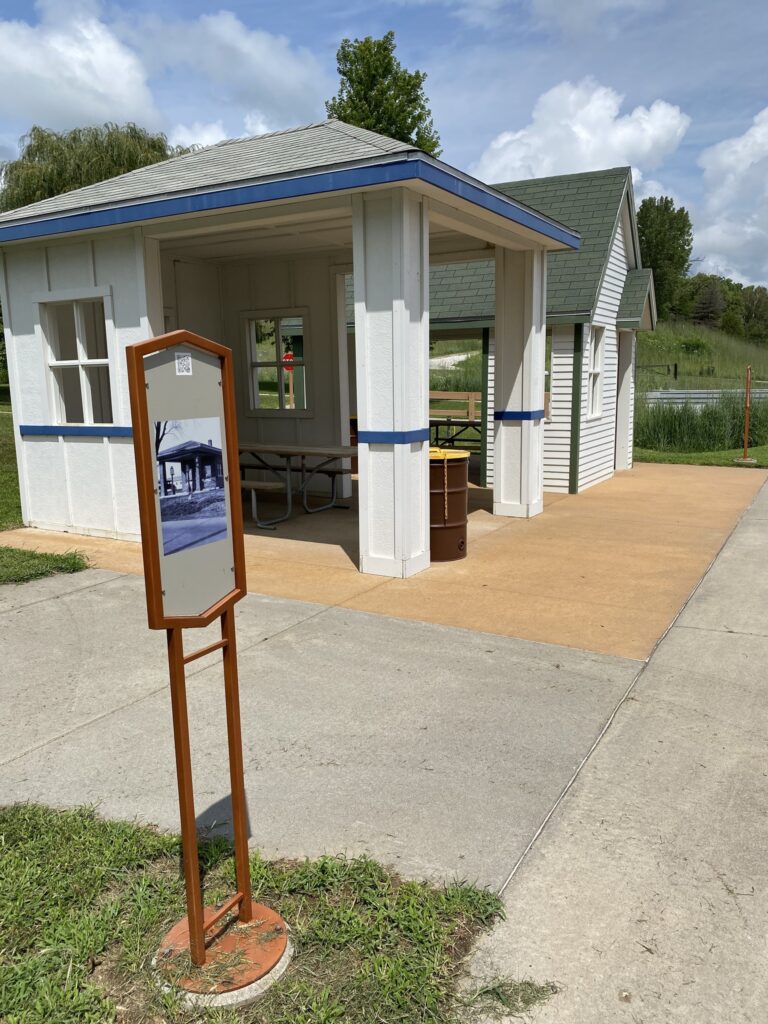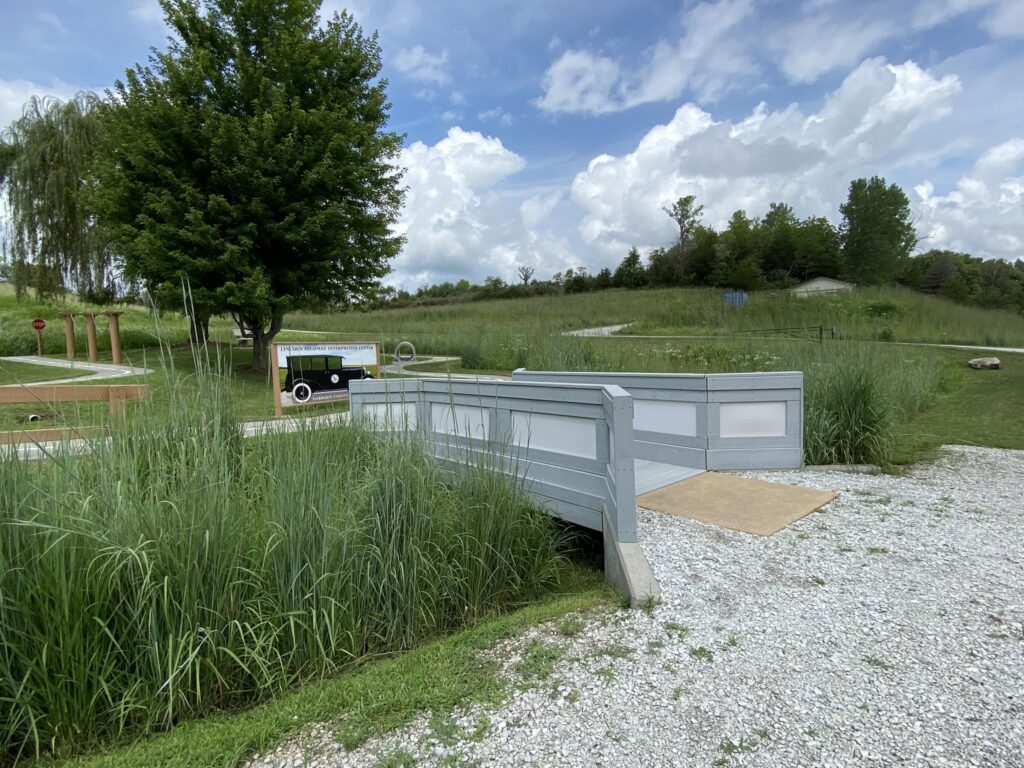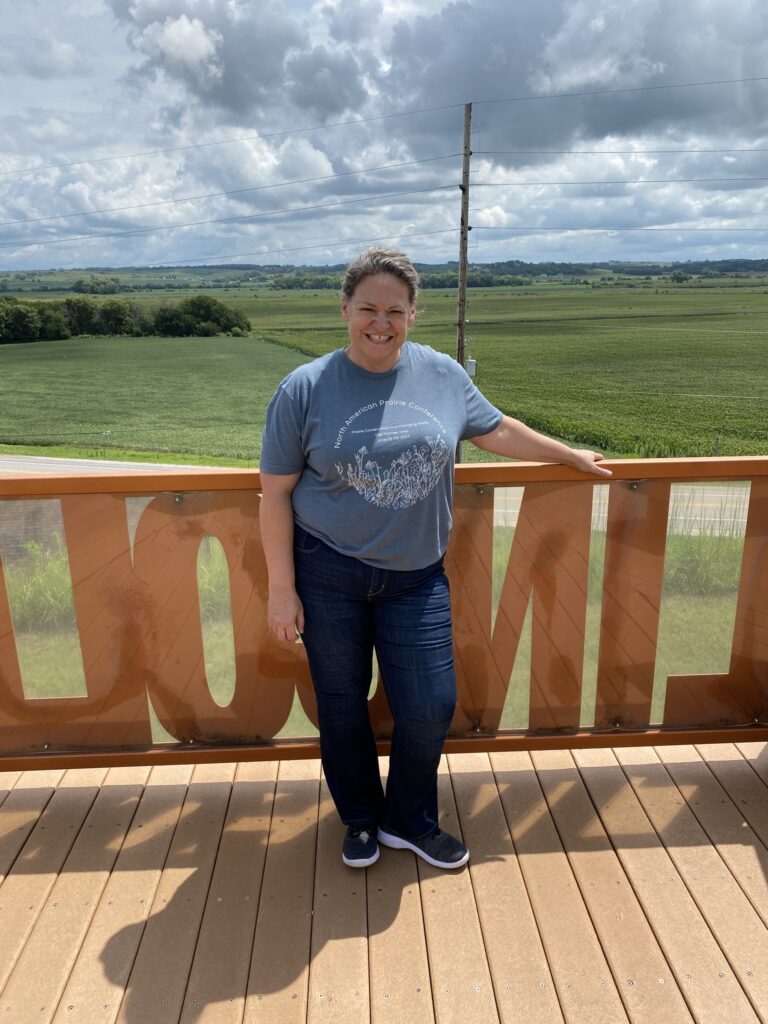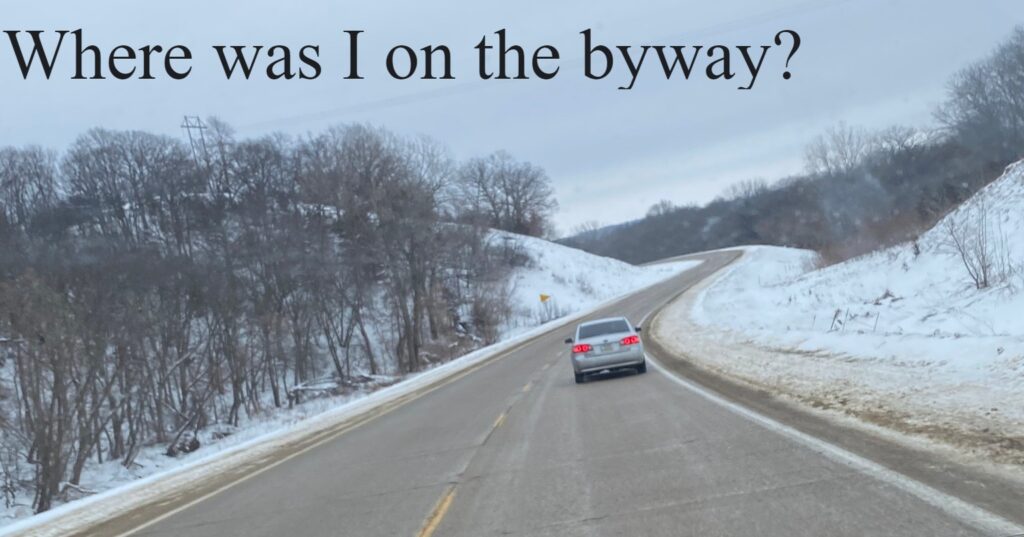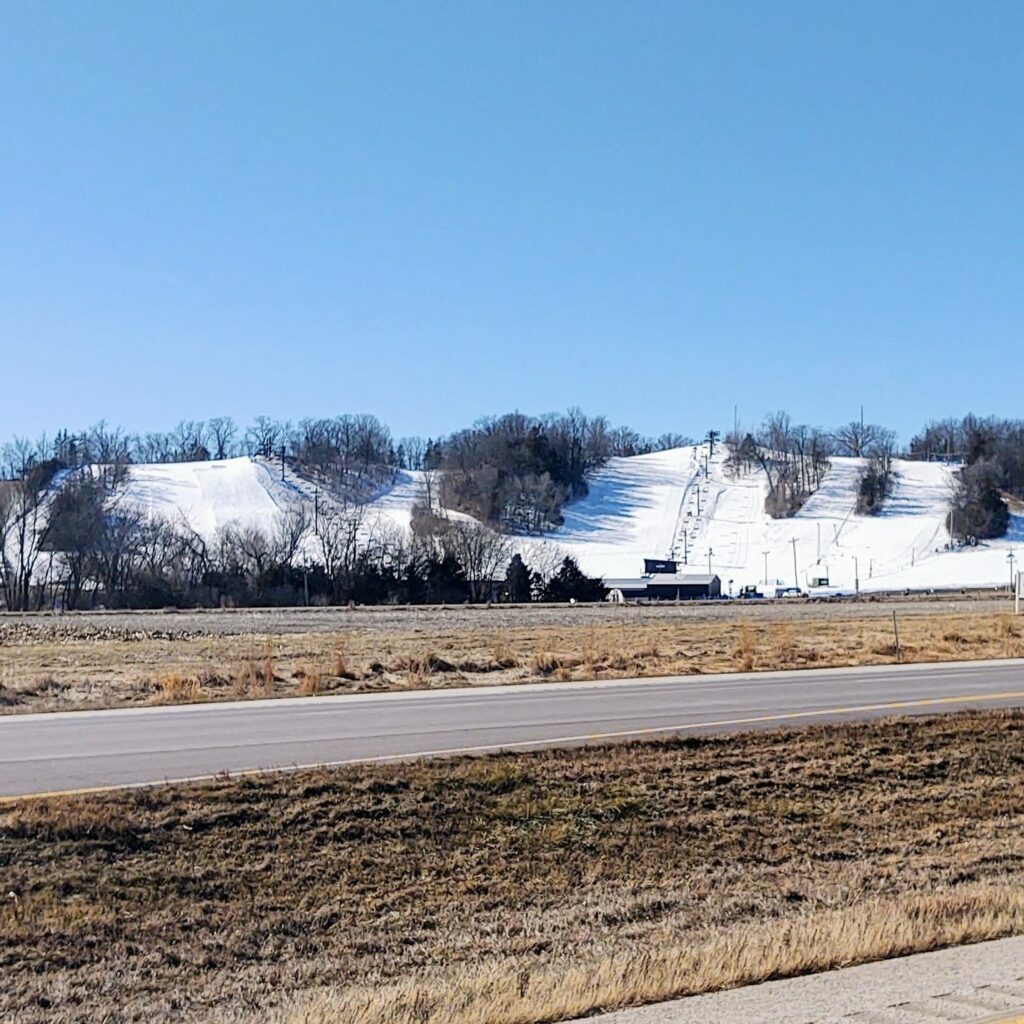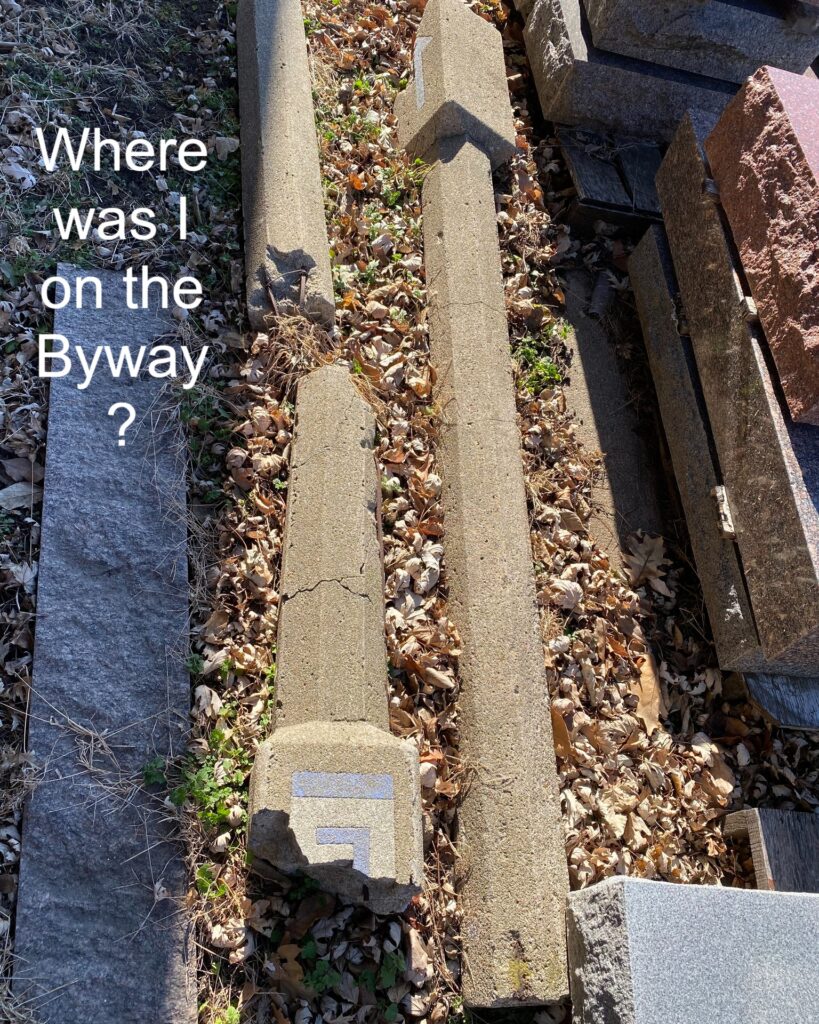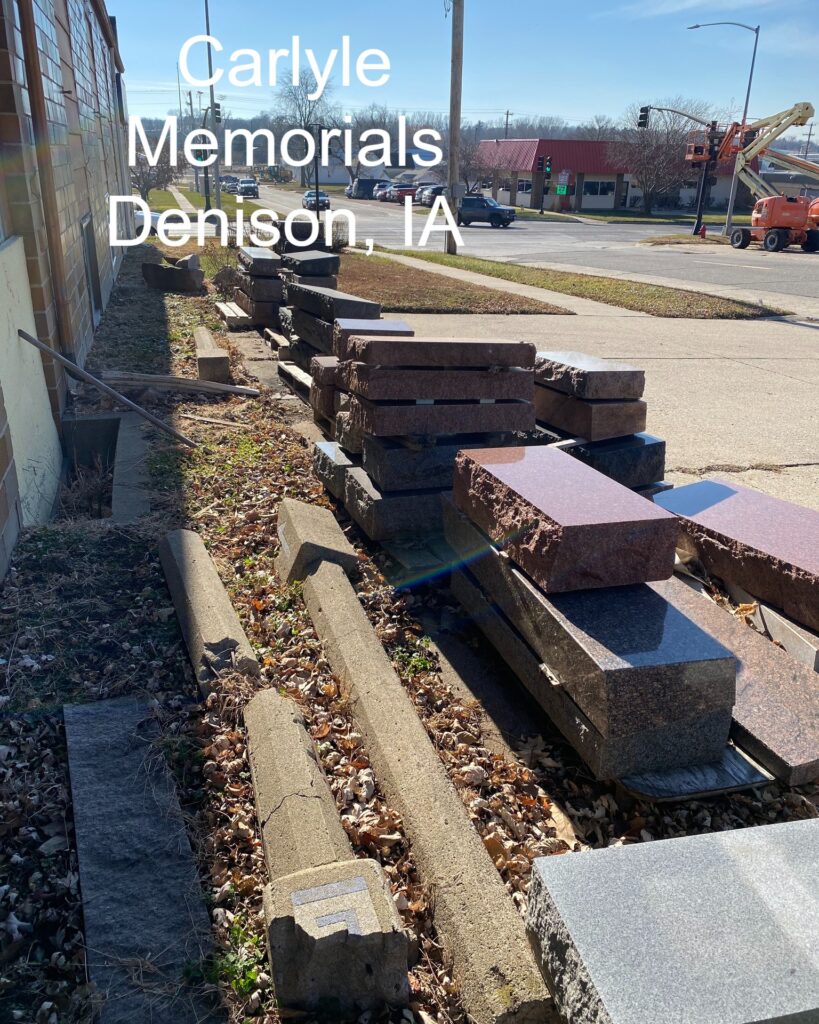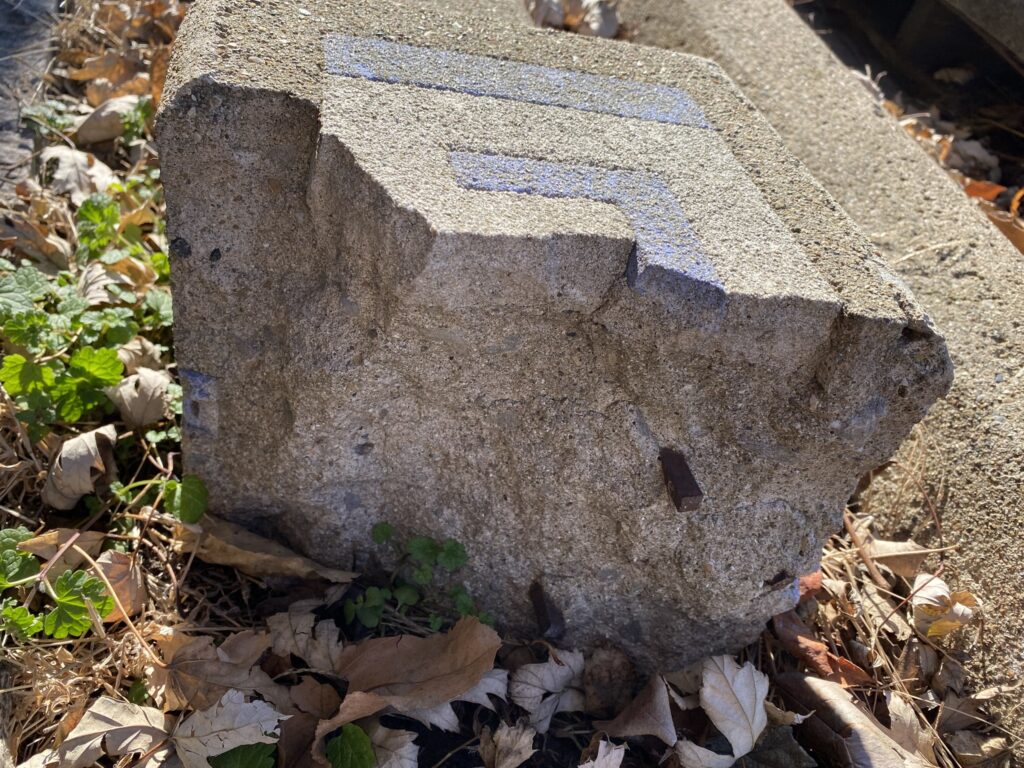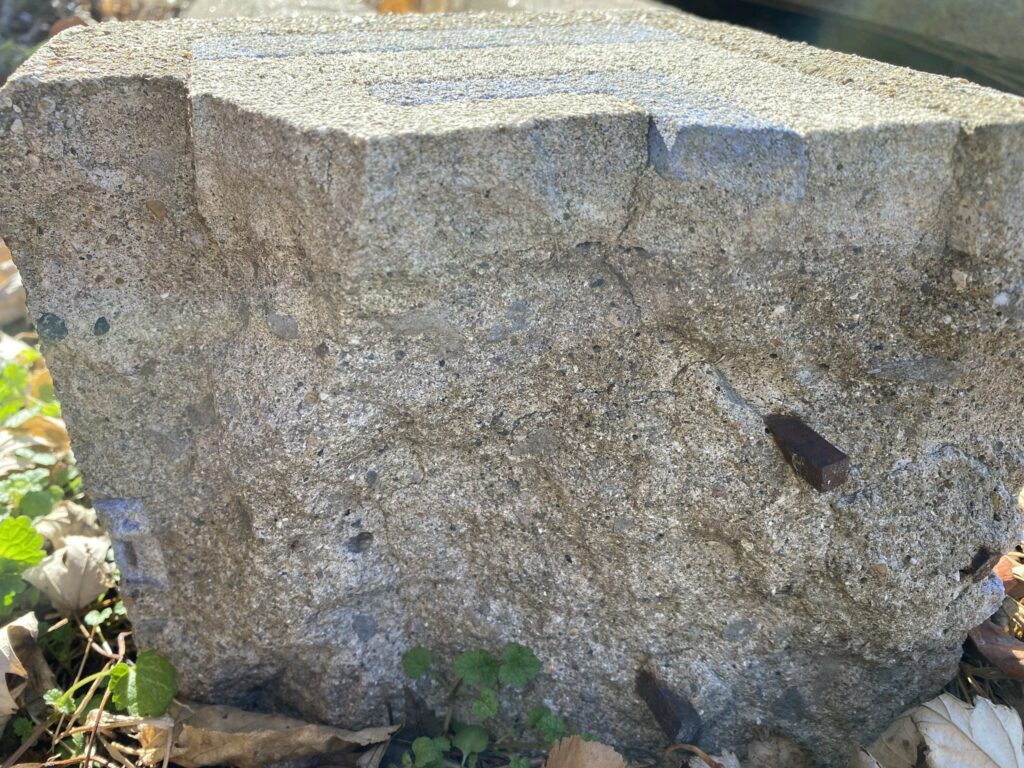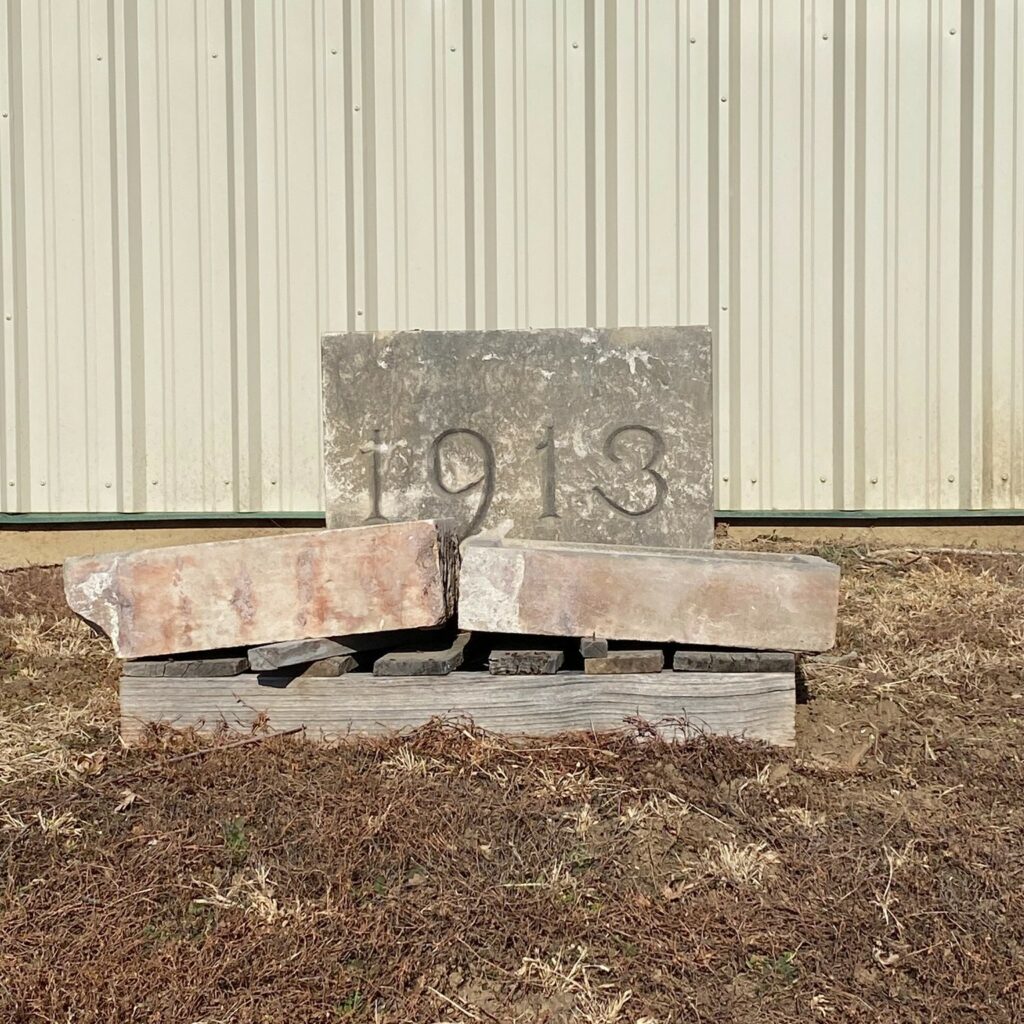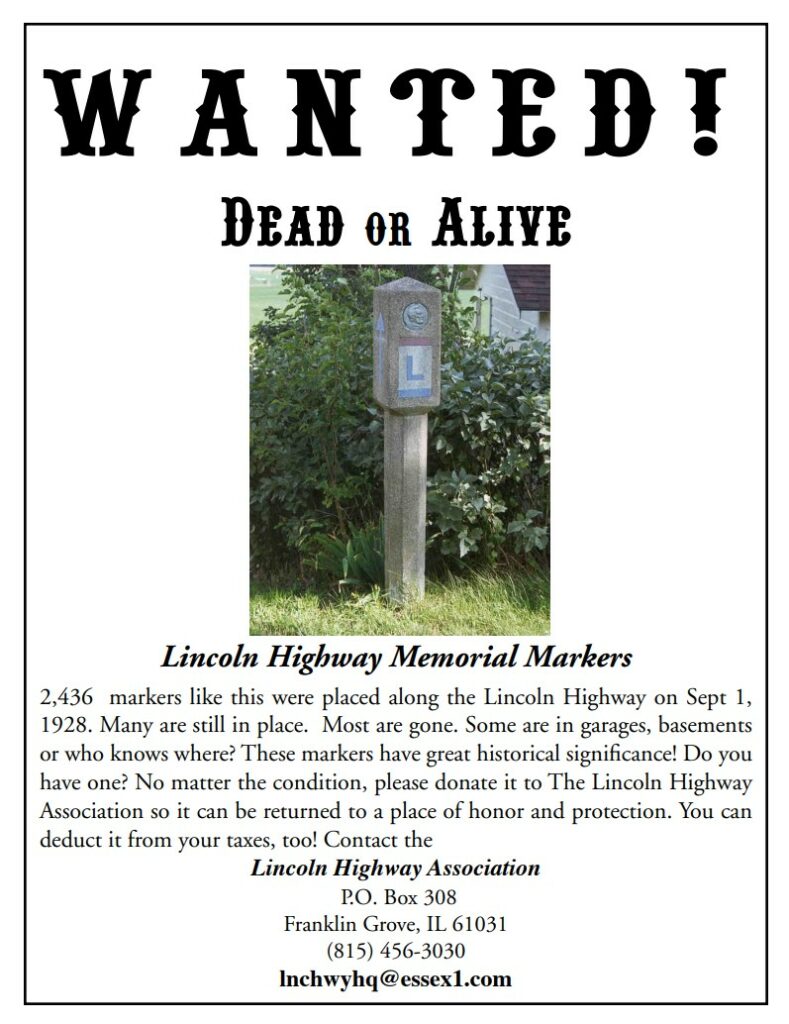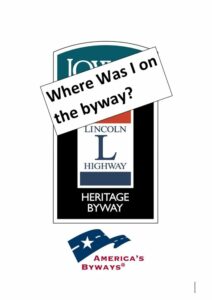
The Iowa Valley Scenic Byway Audio Tour App Now Available
The Iowa Valley Scenic Byway Audio Tour has a long history. Created in 2018, byway travelers could call a phone line, listen to Spotify recordings, read a companion booklet, and follow the essential map to find the History, Curiosities, and Rural Stories found in the Iowa Valley.
Enter 2025, and the Audio Tour “App” is ready to direct travelers from their car to the locations at the 40 stops in the 18 plus communities. We are still using the same provider, however Oncell (seen on the brochure) is now Stqry.
To access the App, your phone or tablet only needs a browser as this tour is not yet available on Apple or Google platforms. Simply type in this address in your search engine: http://iowavalleyscenicbyway.stqry.app and open the site. Then use the share icon to save the site to your home screen. Now you can open the site by clicking on the logo icon that is now on your home screen.
When you enter the tour, you begin on the map with the tour stops numbered. Enter into a tour stop and explore the photo gallery, listen to and/or read the audio tour, find more information and directions! Make sure you allow the site access to your location when you are asked so that Google maps can get you there.
Some links that can be found under the “More Information” include but are not limited to the stop’s website or Facebook presence, articles written about the location, links to the town to find events, nearby activities and places to eat (still in development). You can also view historic and current photos and even videos or oral histories. A rolle bolle video can be seen on the Victor stop and a link to the Rolle Bolle booklet. The tour information is in need of an update so there will be changes and additions to the app from time to time and a new brochure will be printed this spring. If you have any additional information or changes, please let me know!! With additional funding, we do hope to have a downloadable app in the future.

